
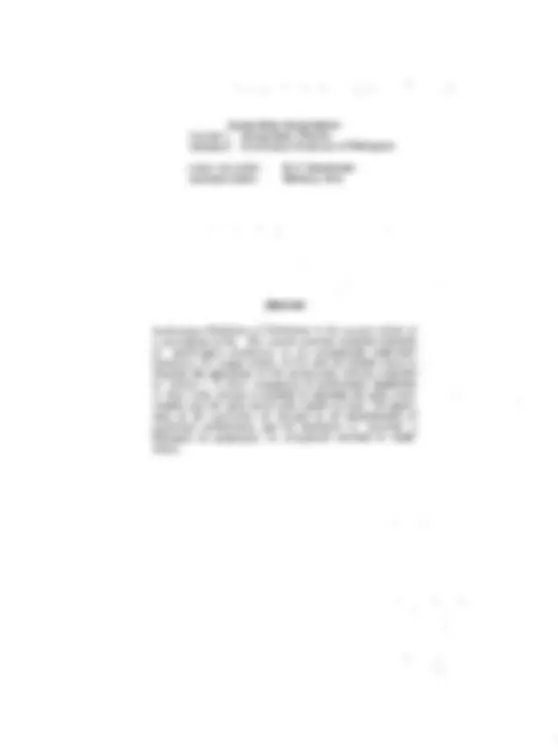
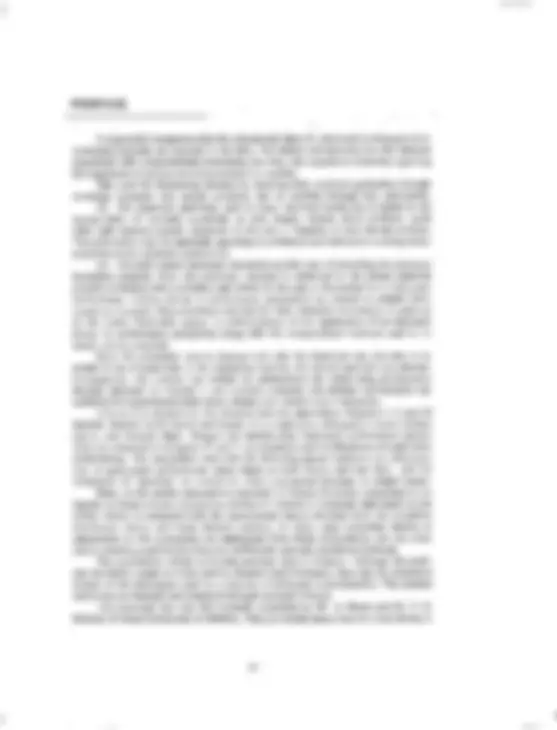
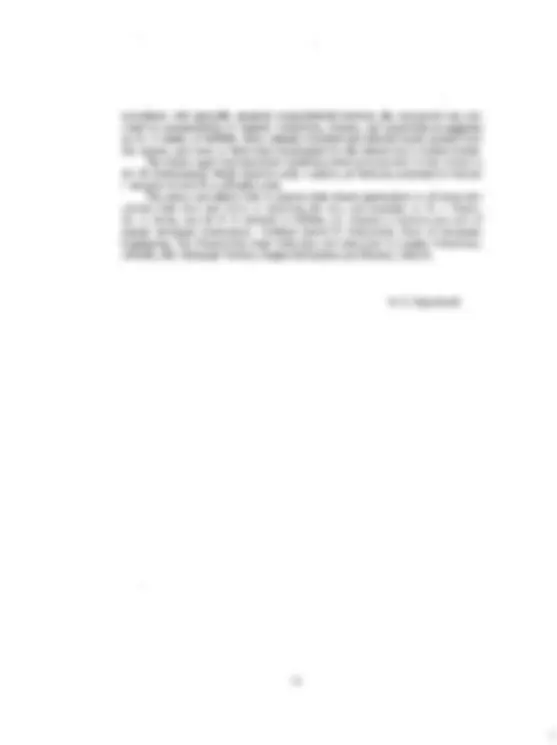
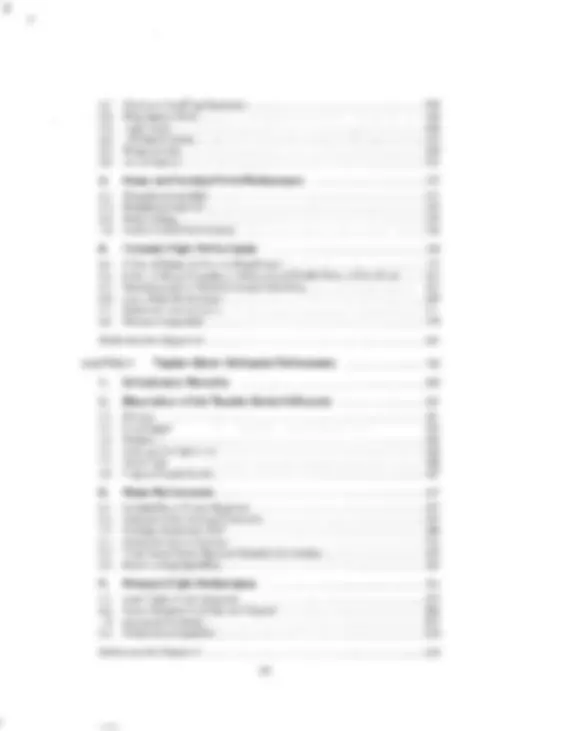
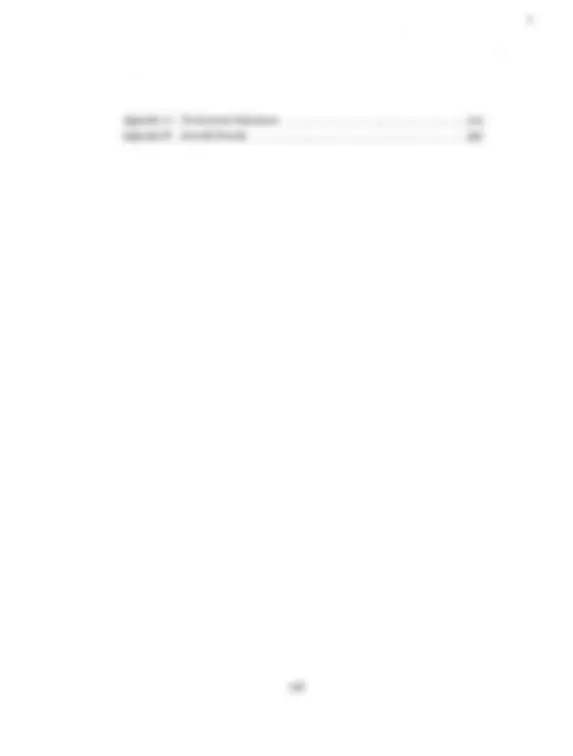
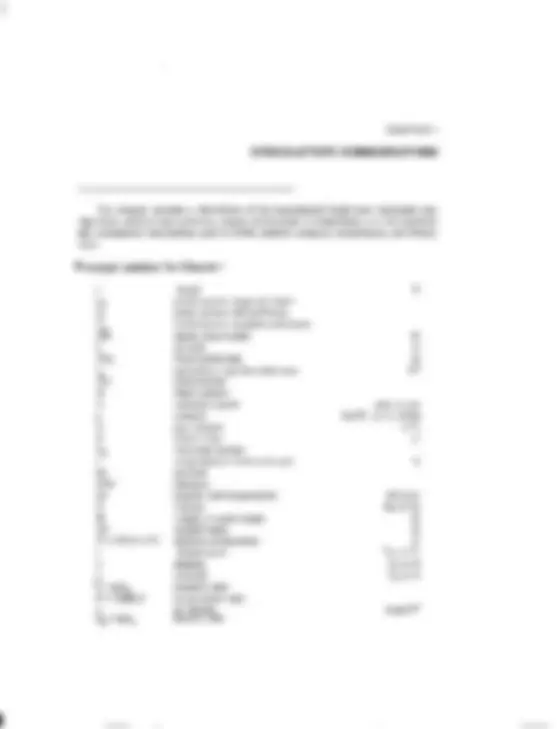
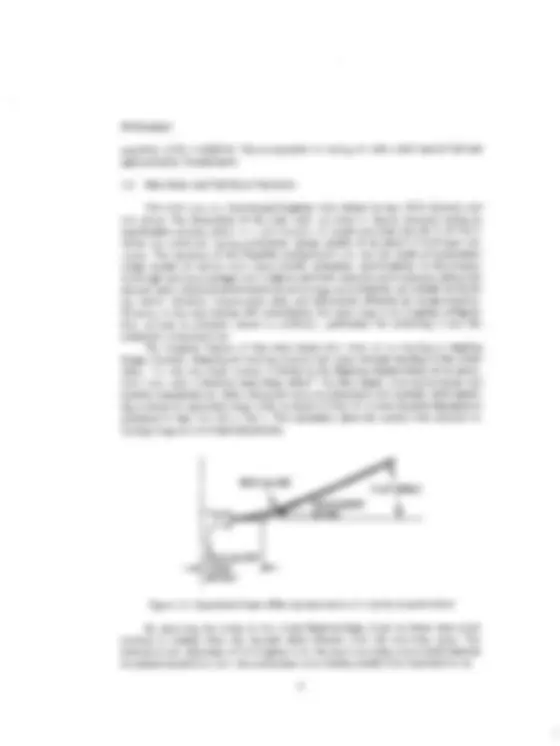
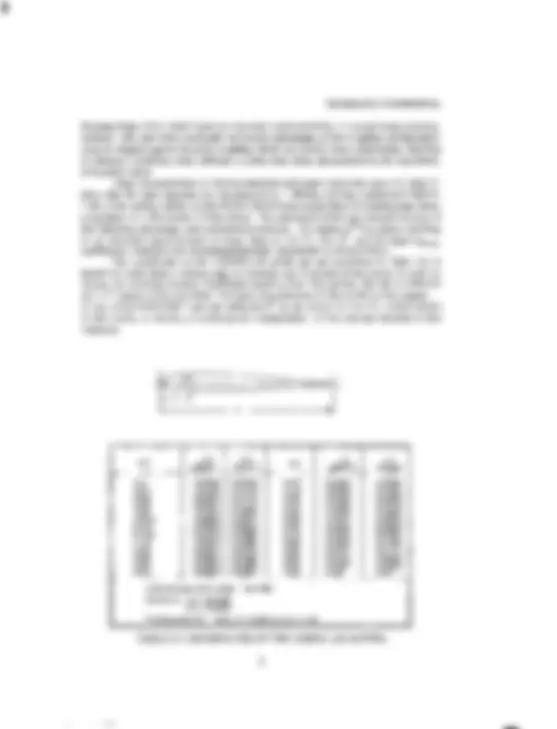

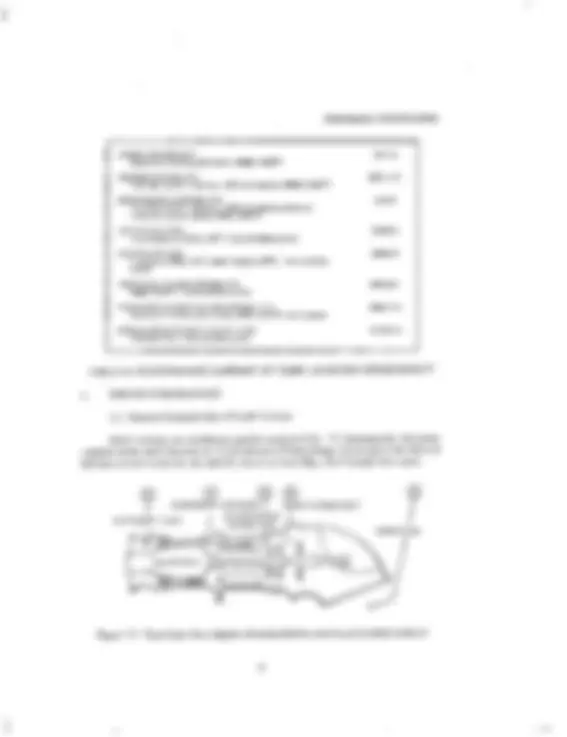
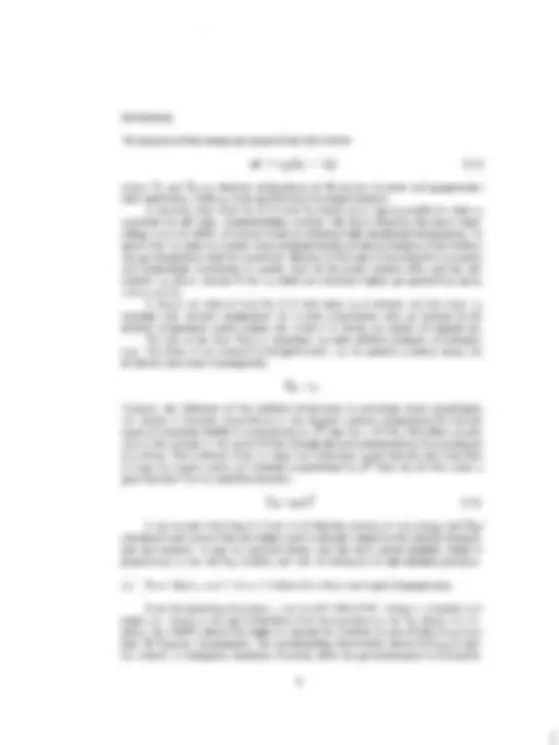
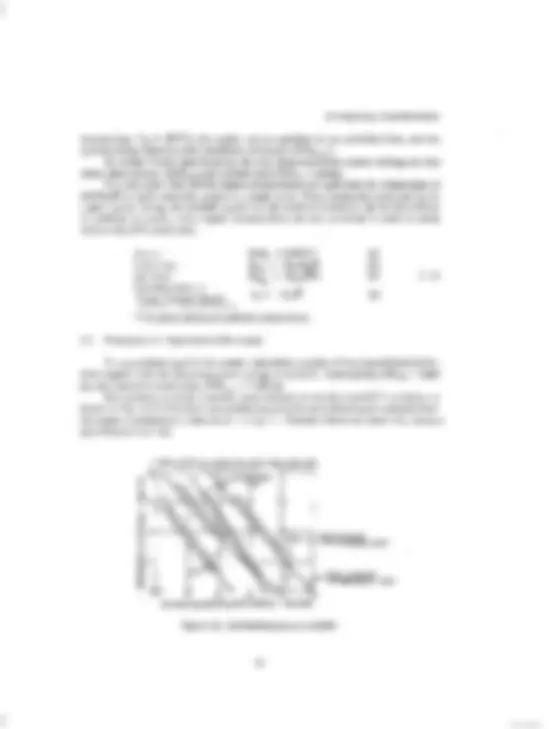
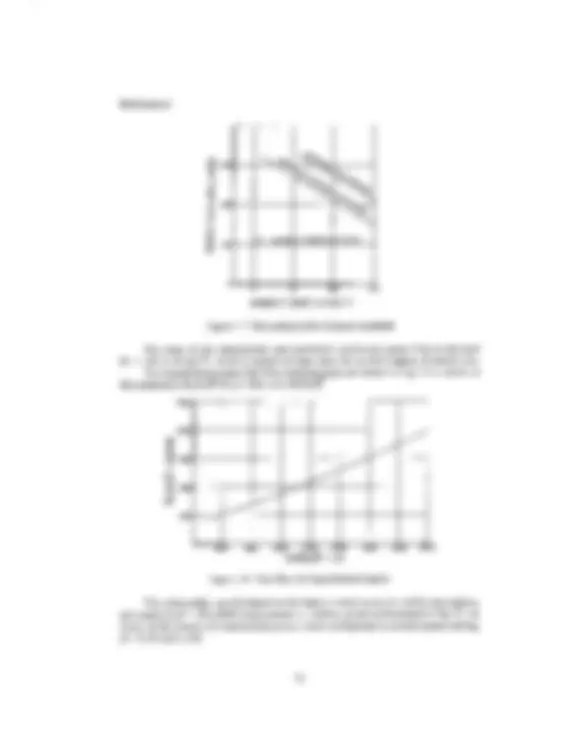
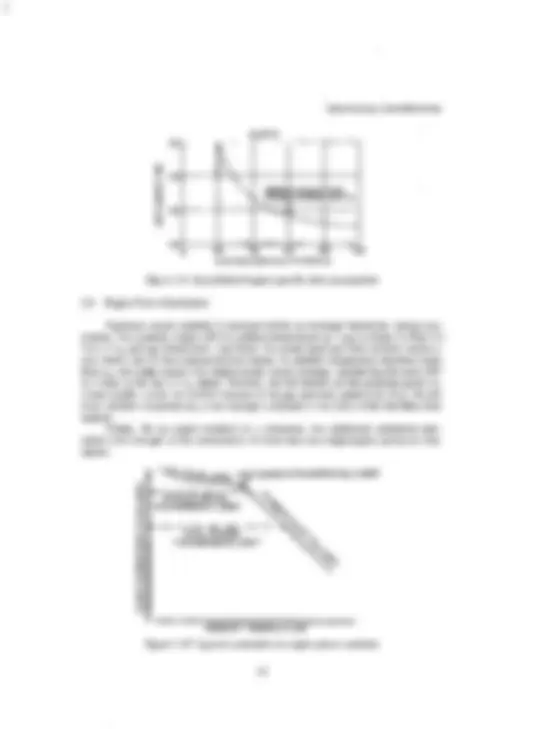

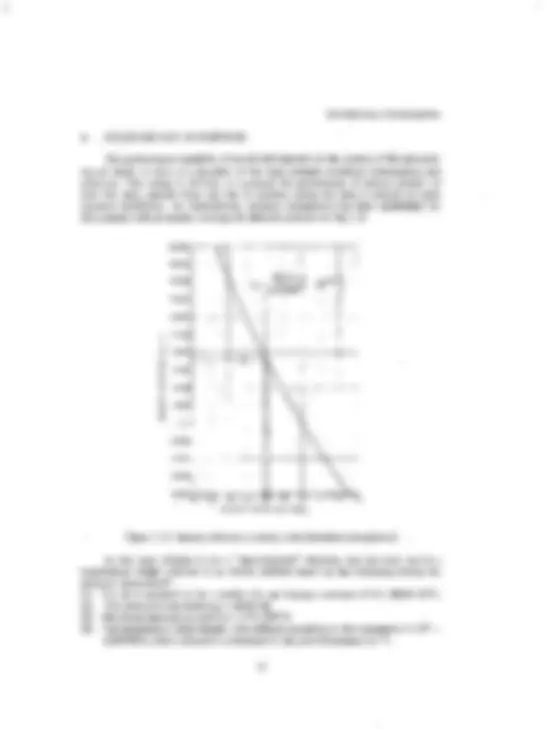
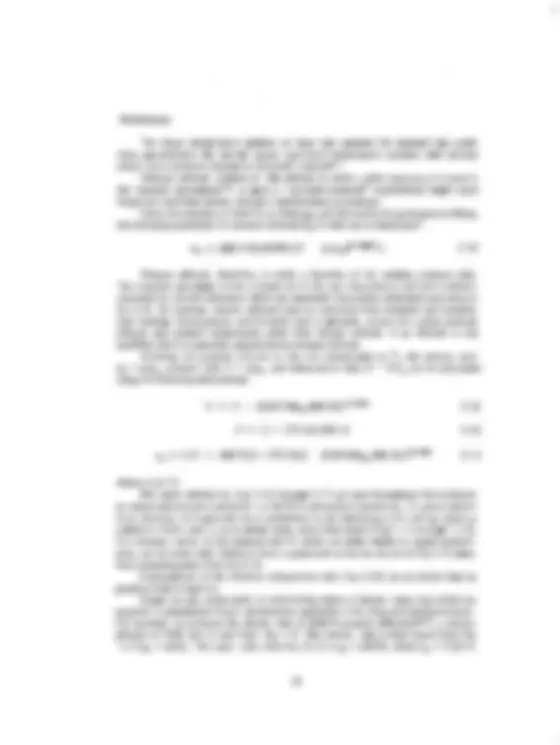
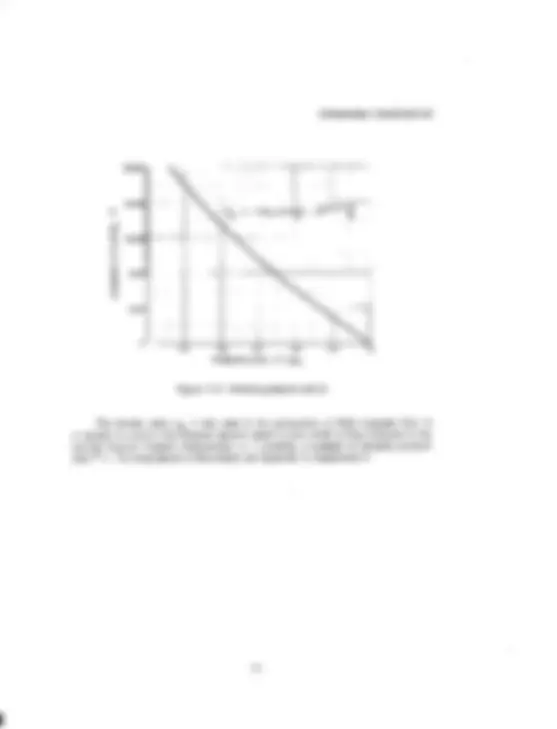
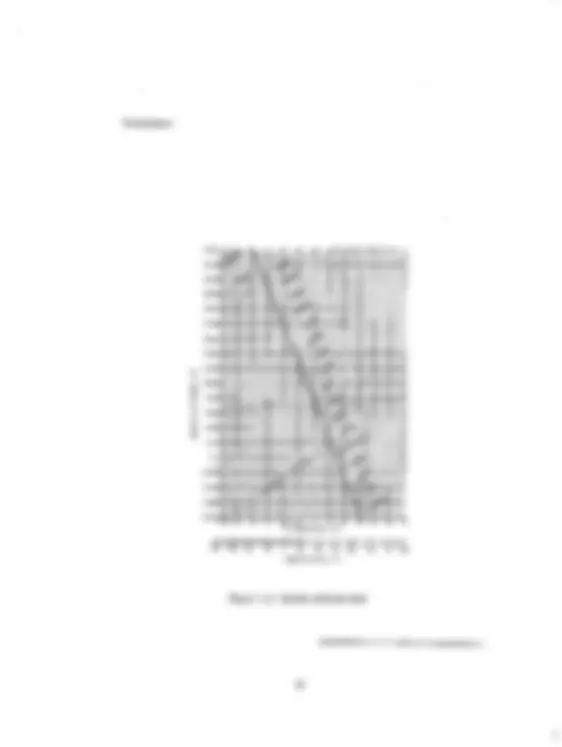
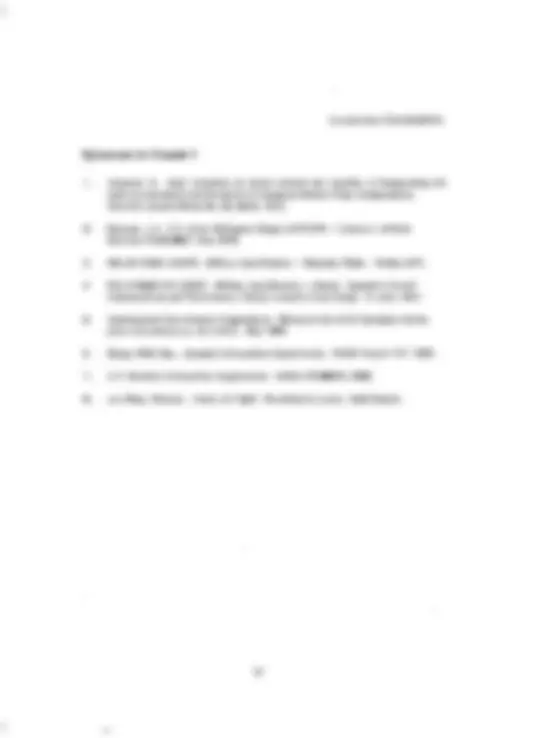
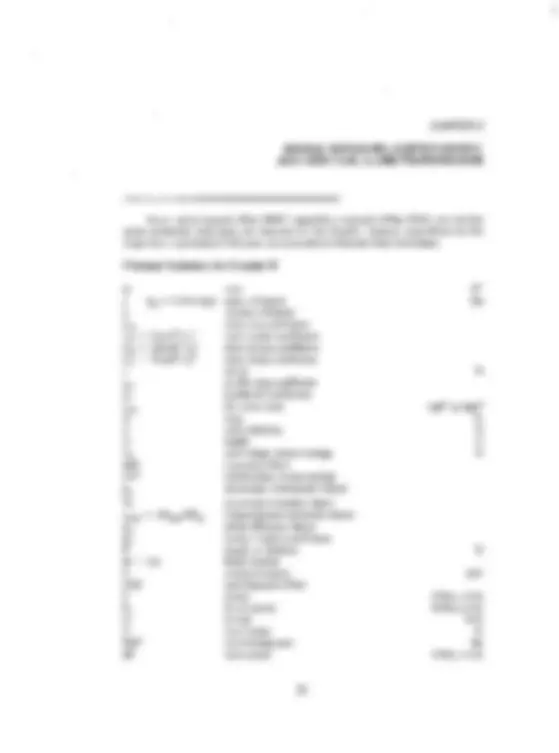
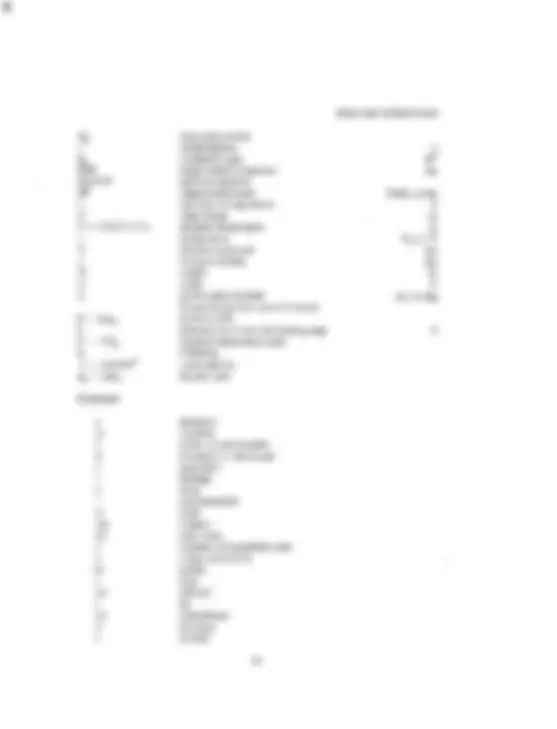
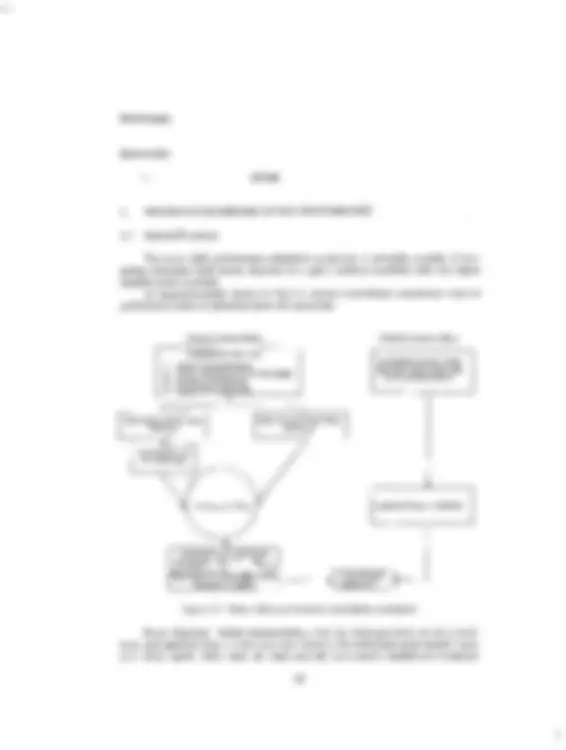
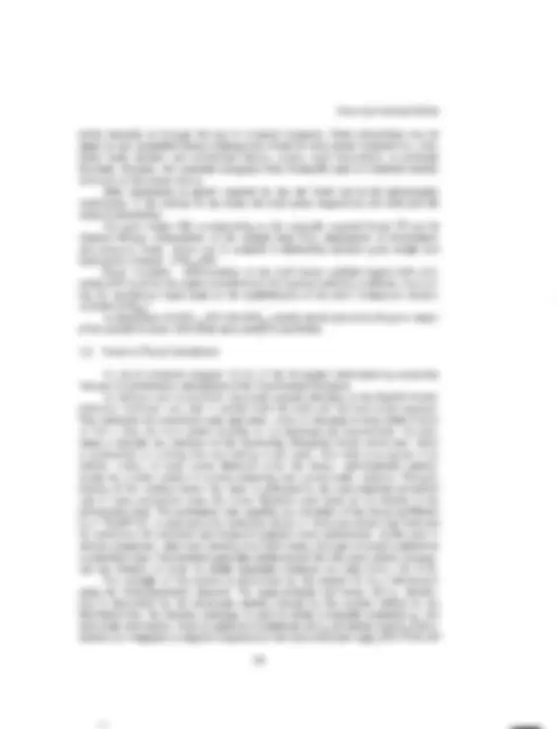
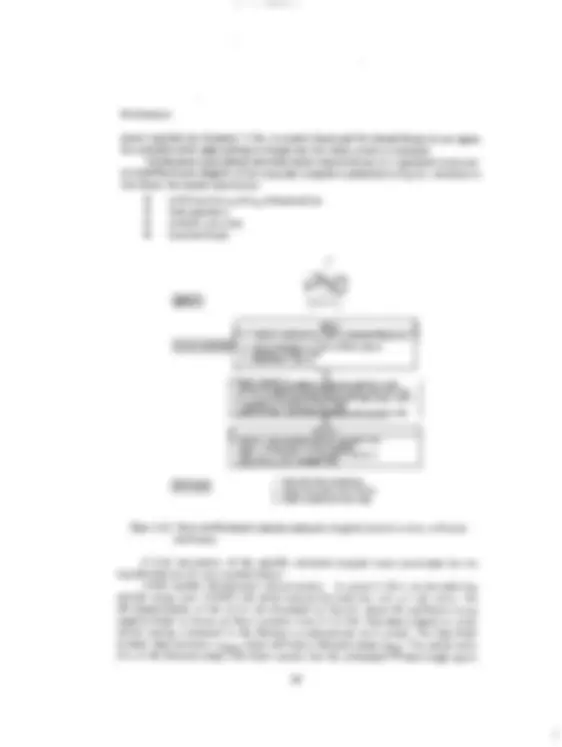
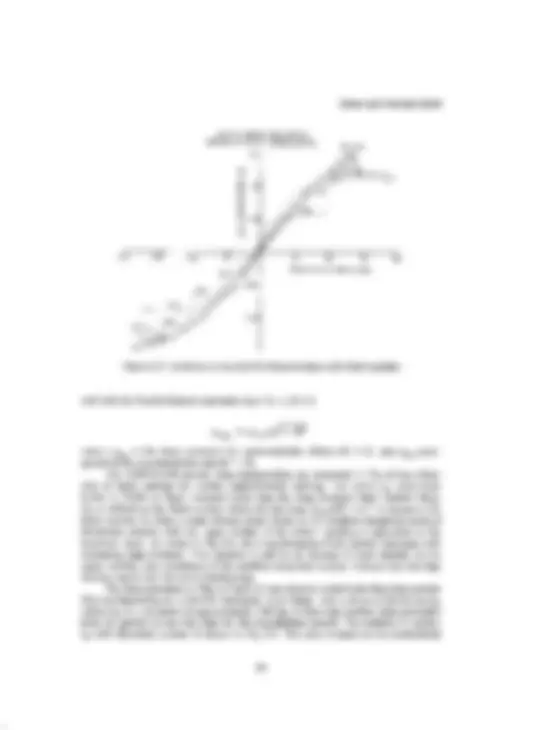
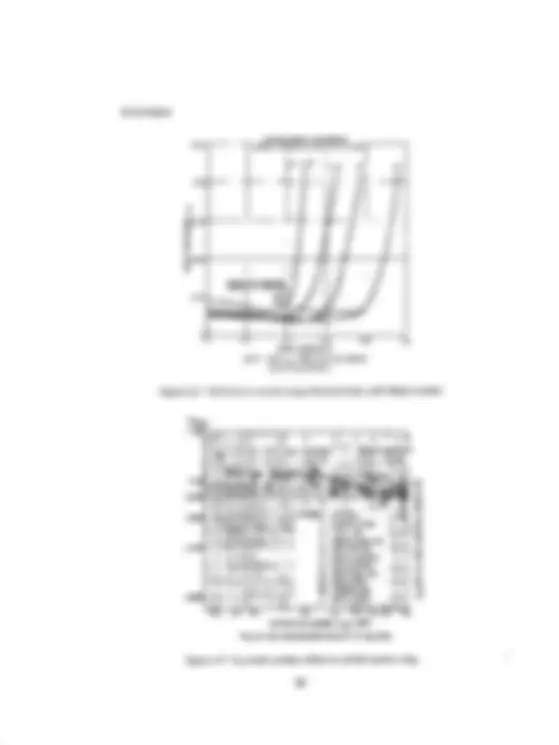
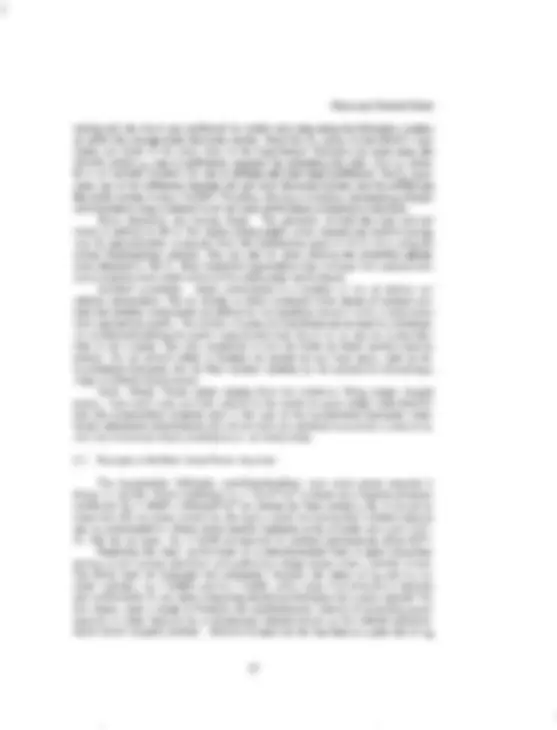
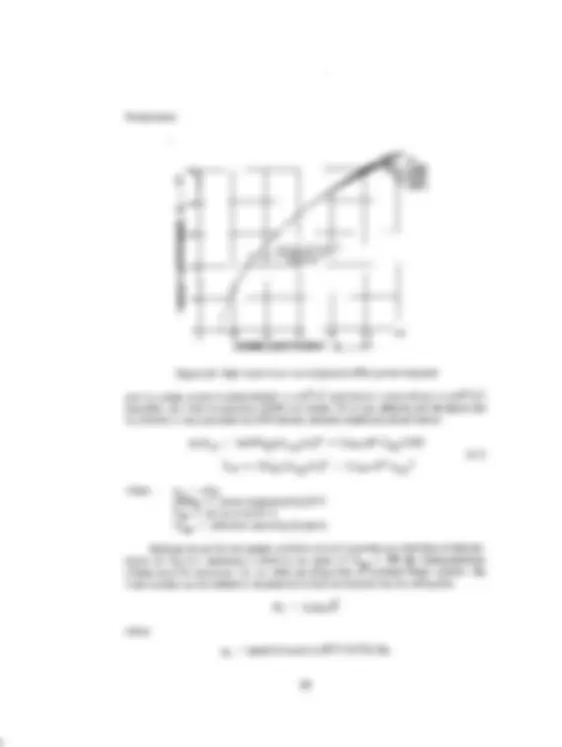
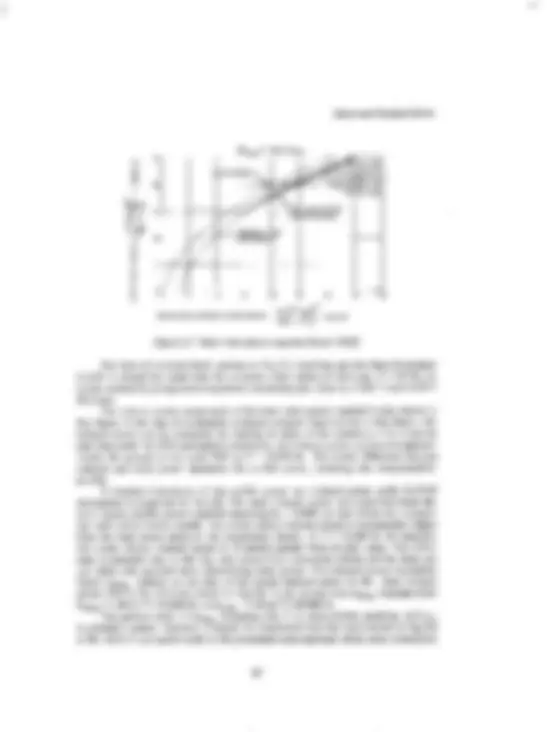
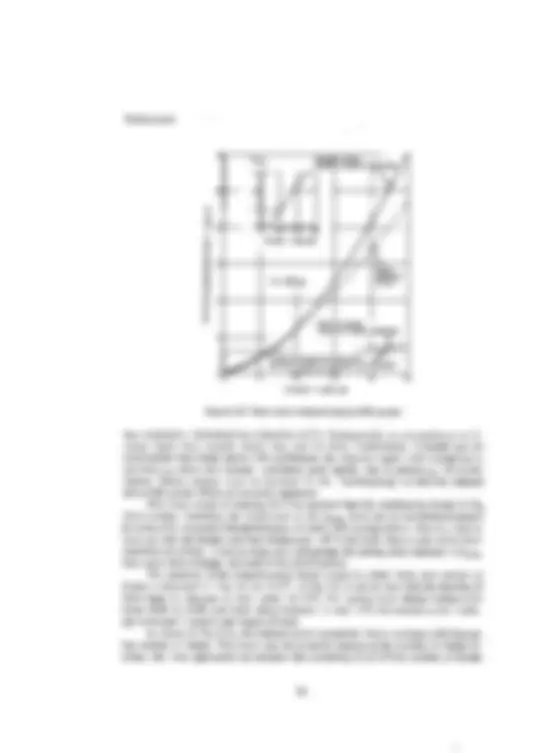
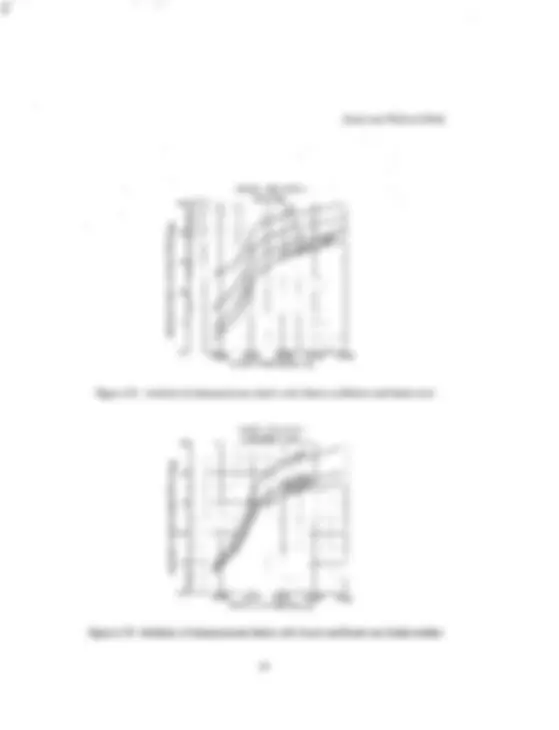
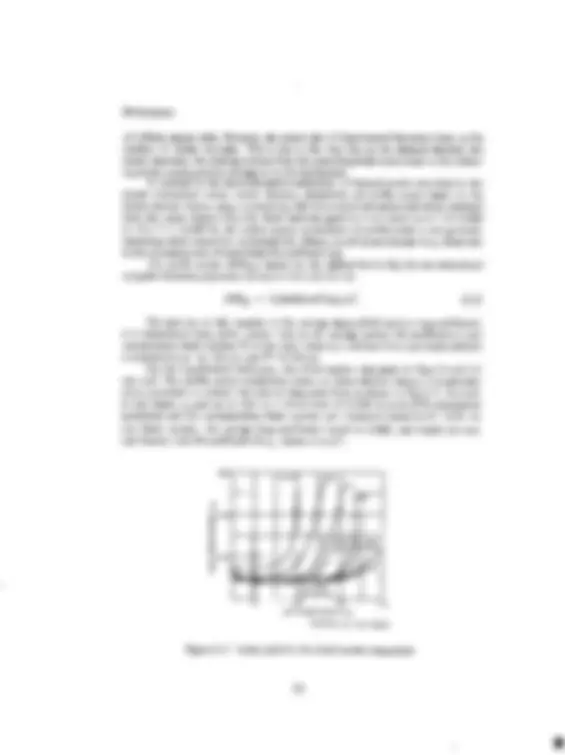
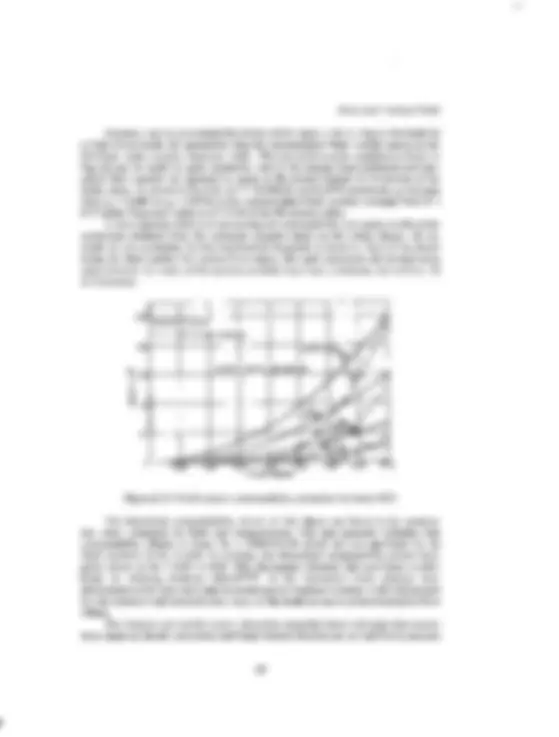
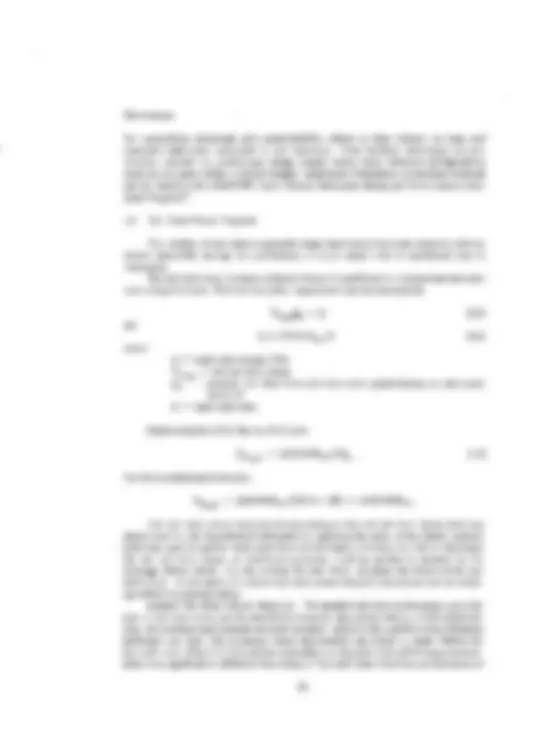
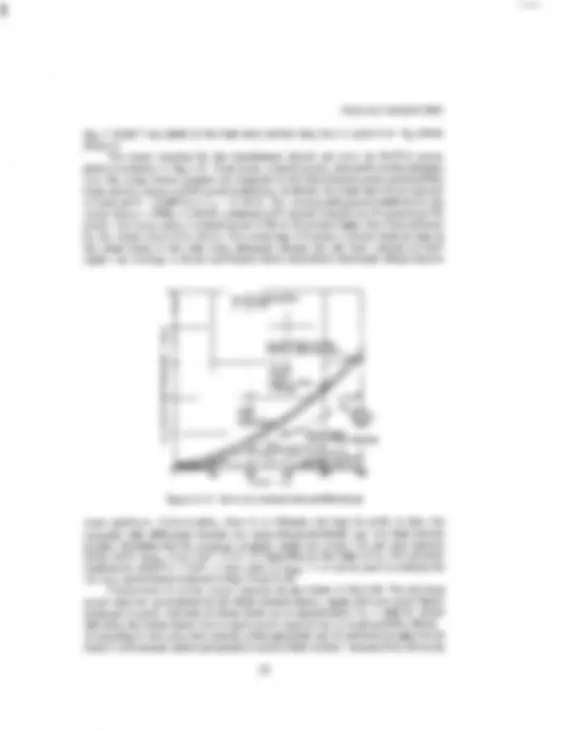
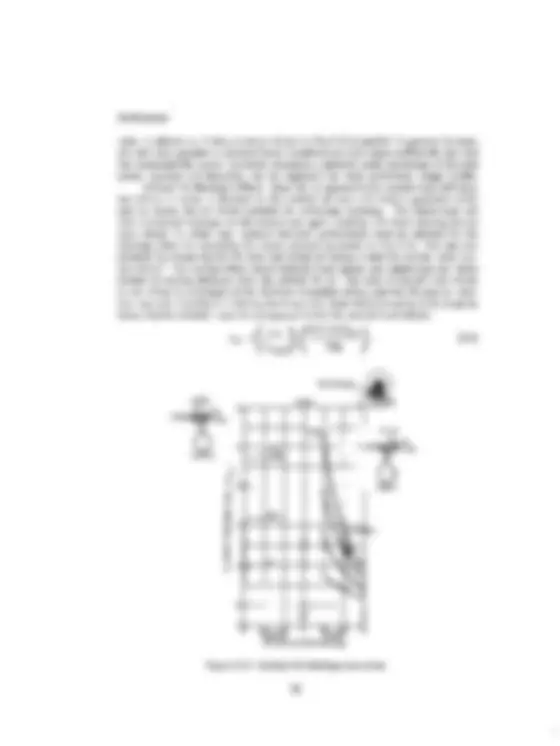
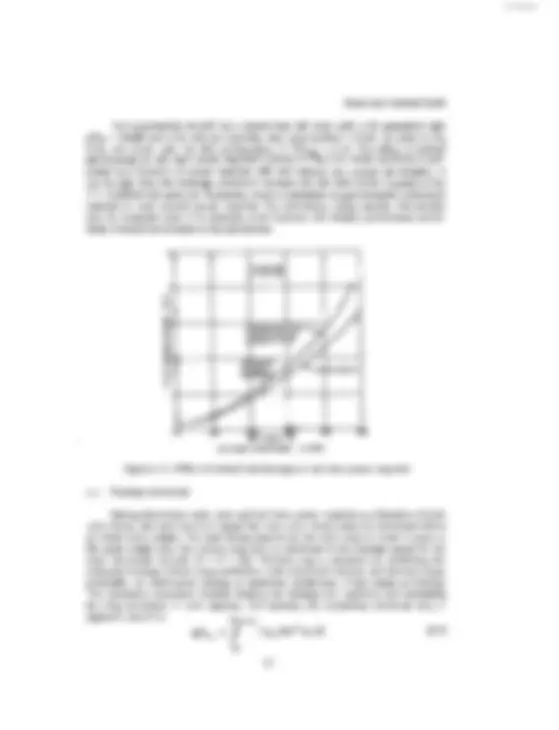
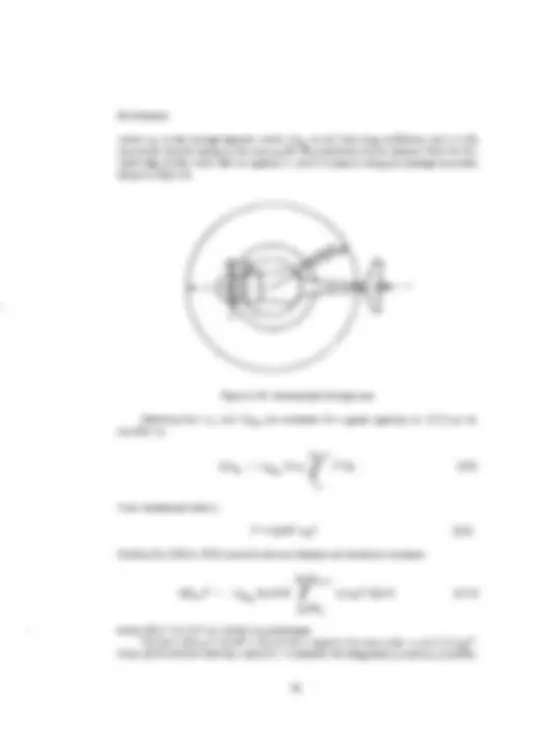
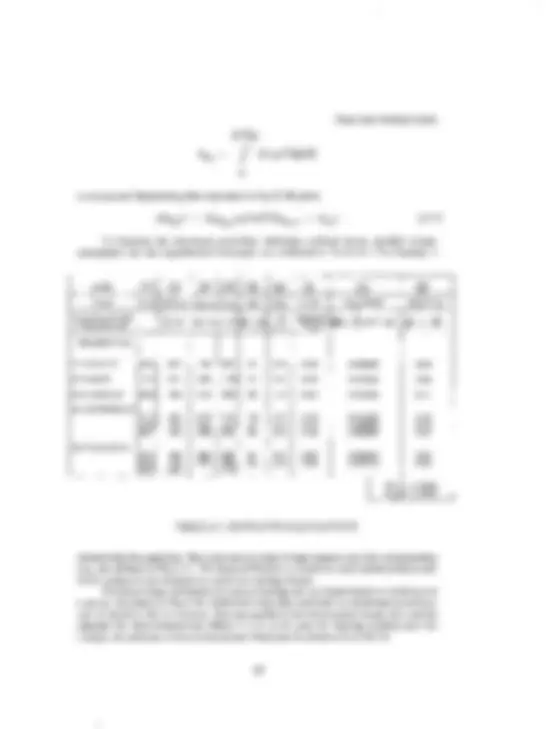
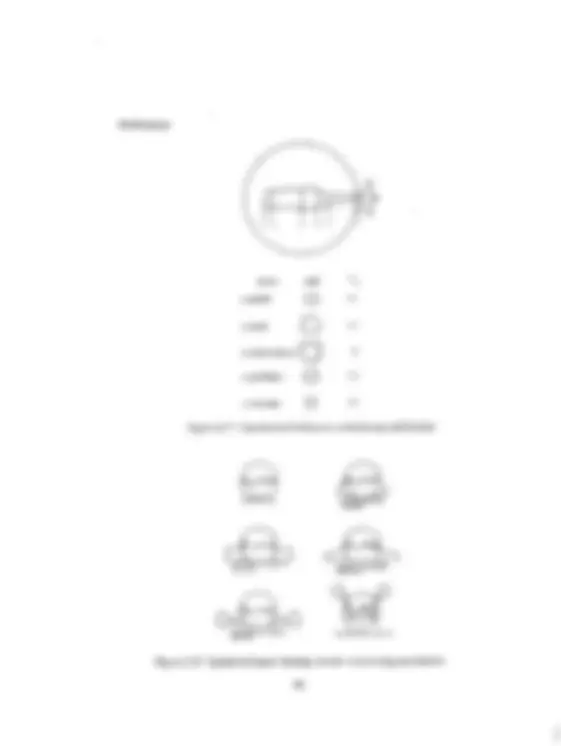
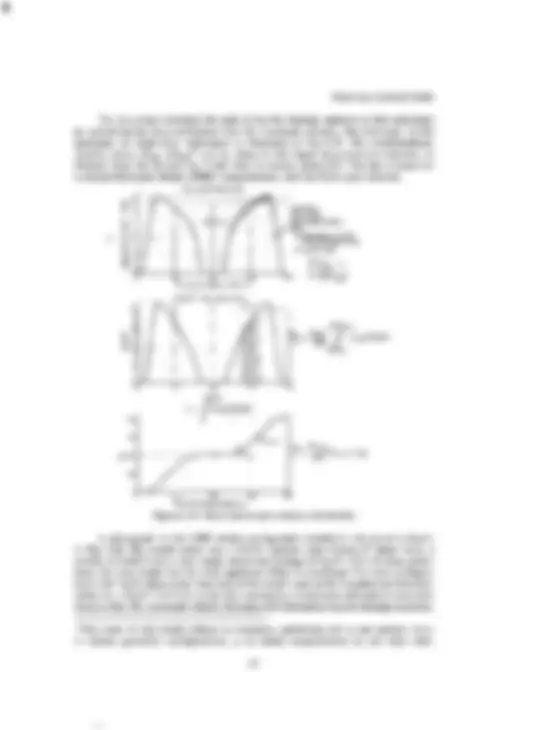
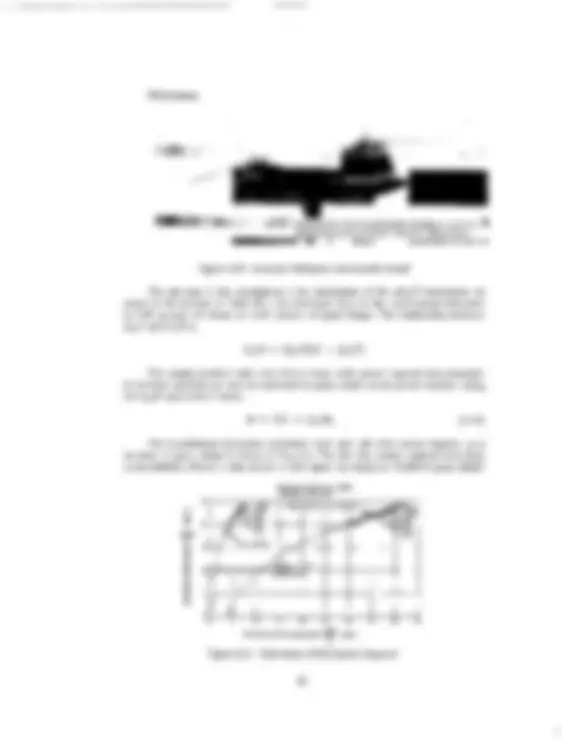
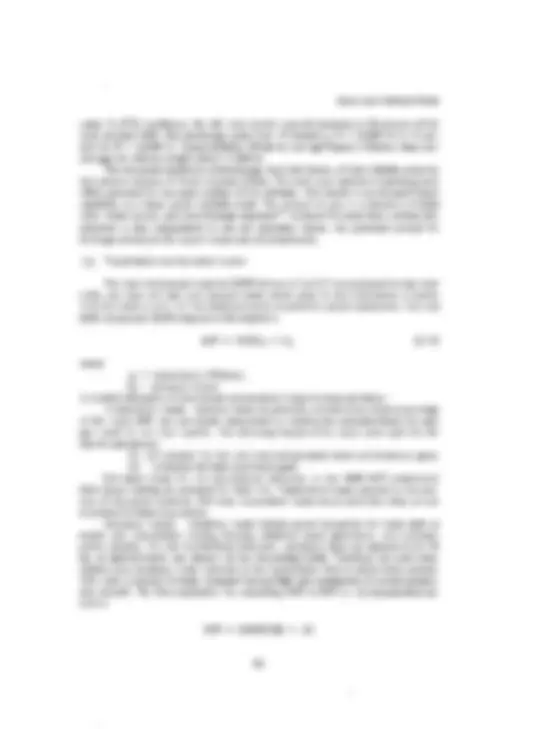
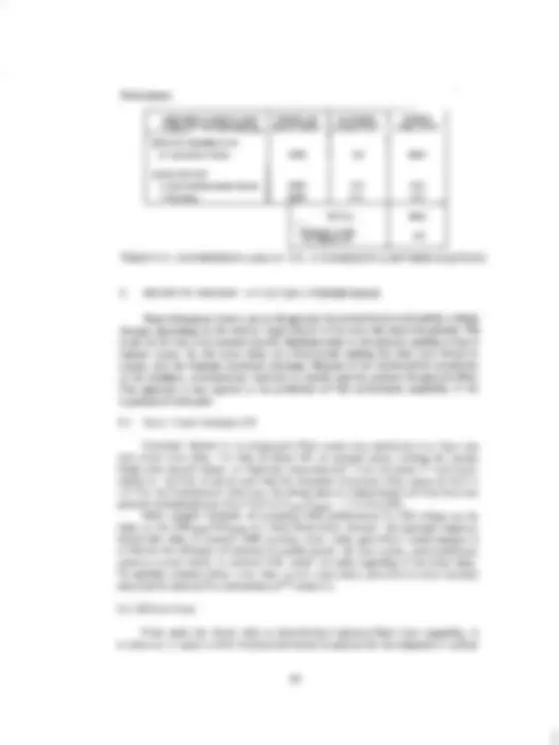
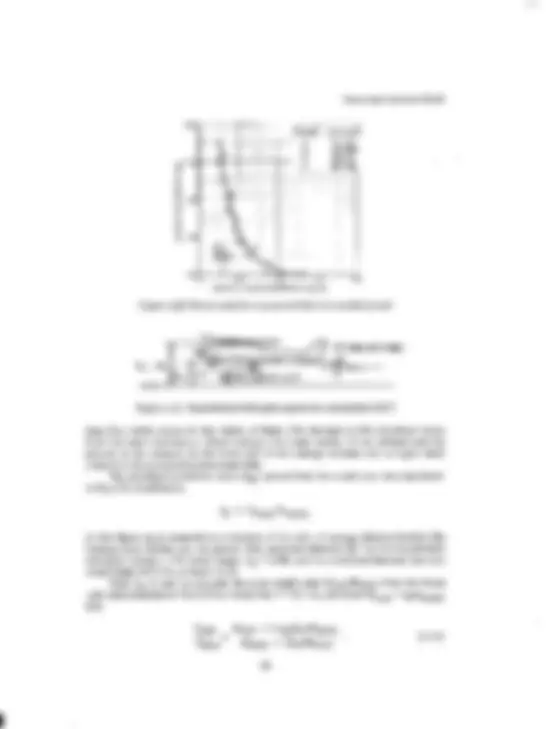
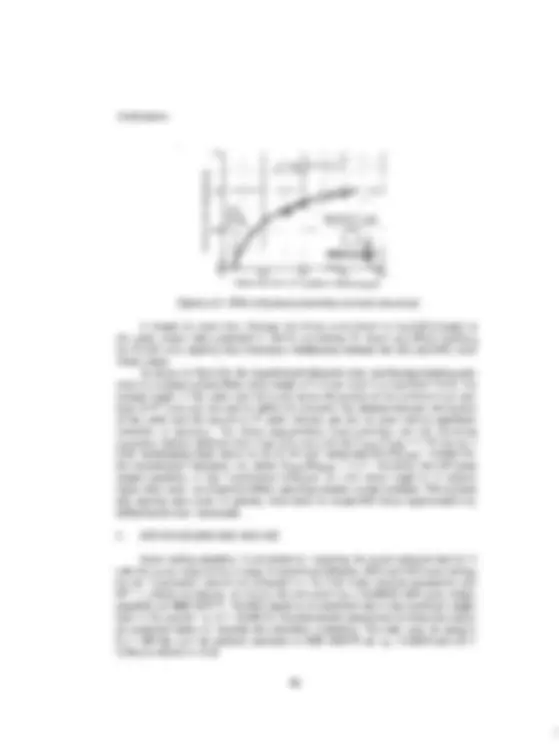
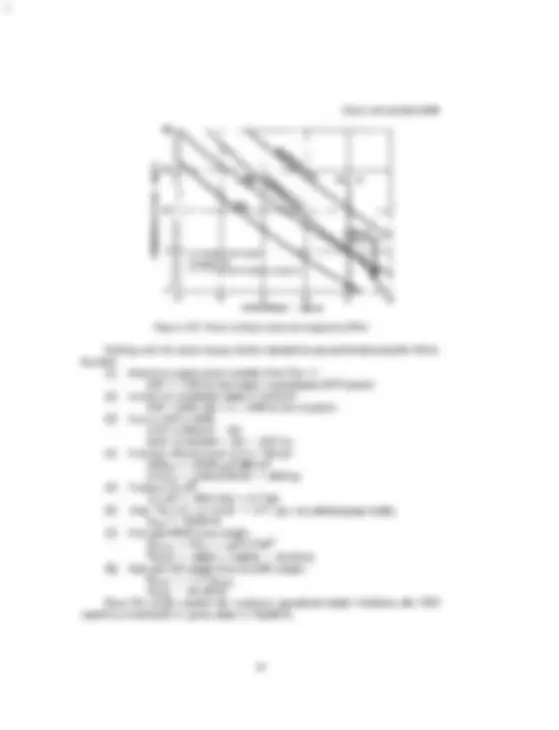
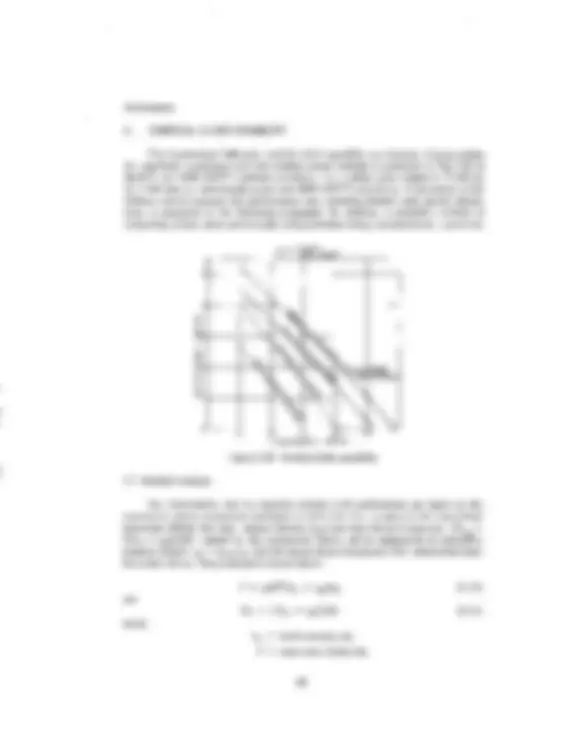
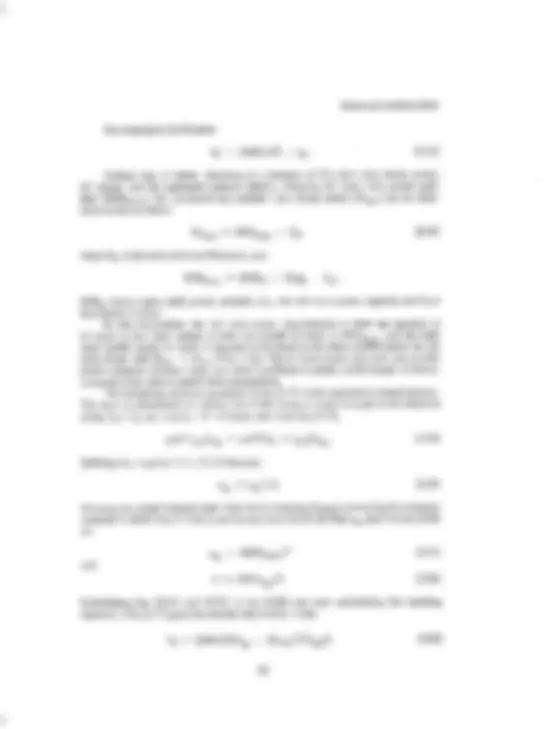
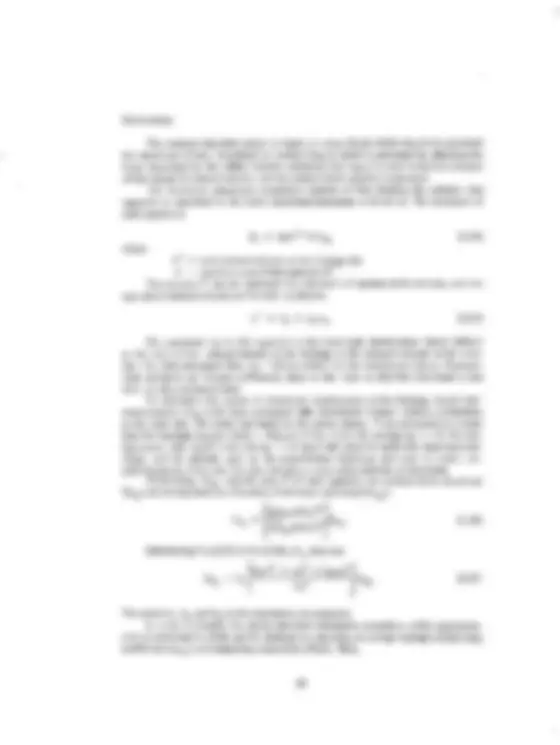
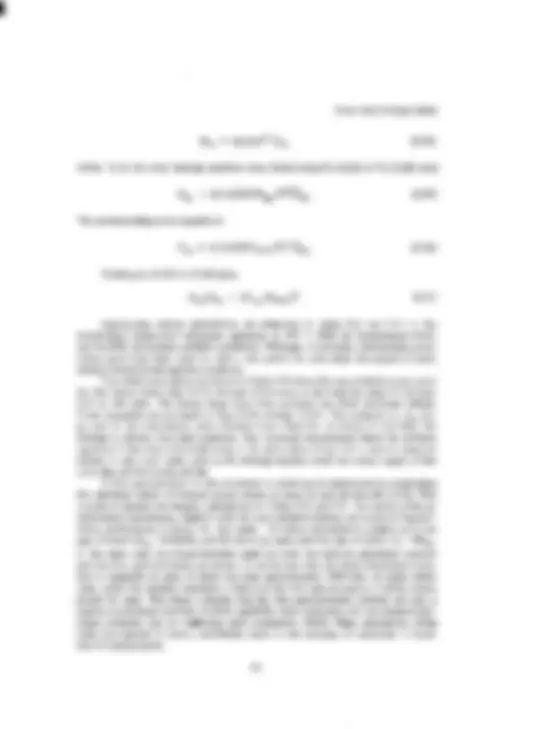
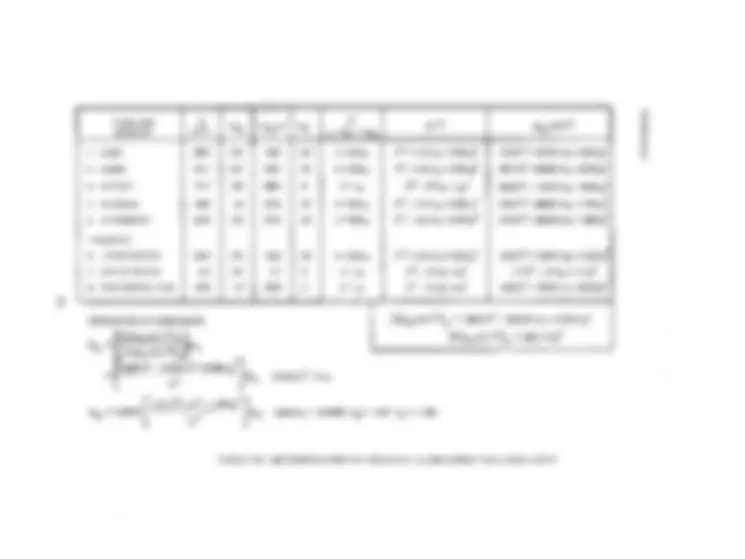
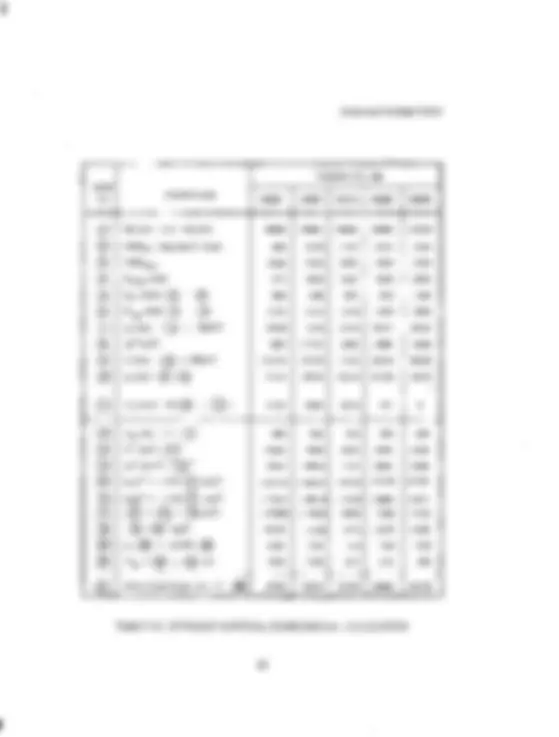
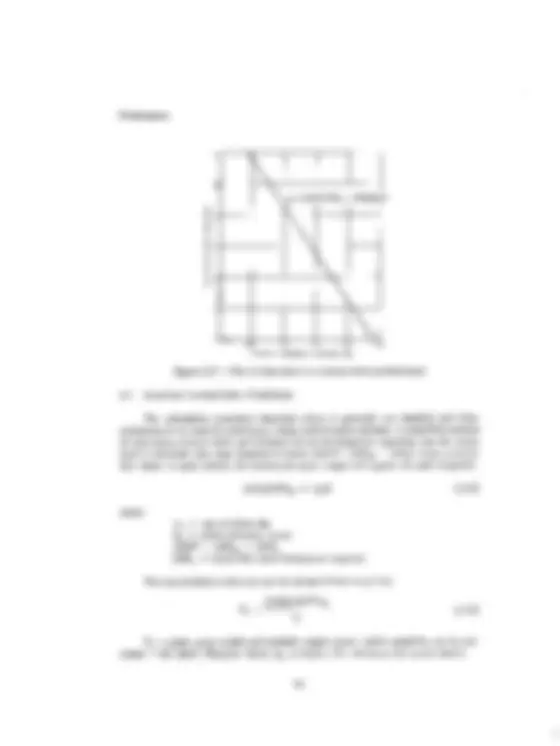
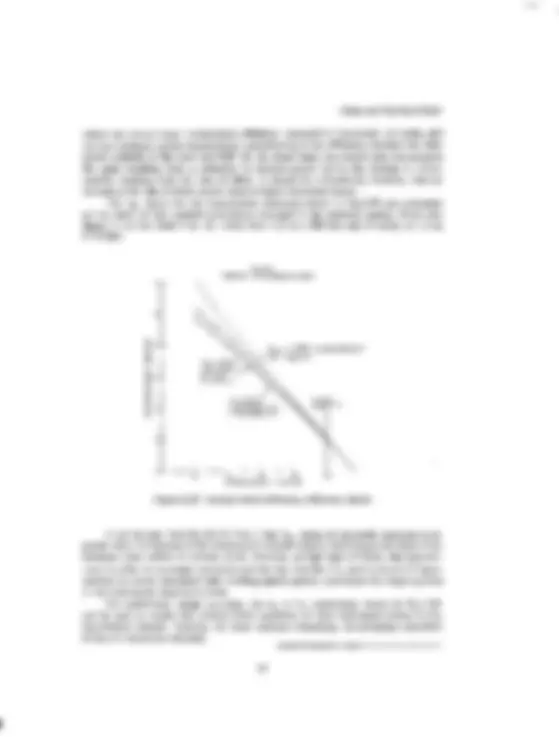
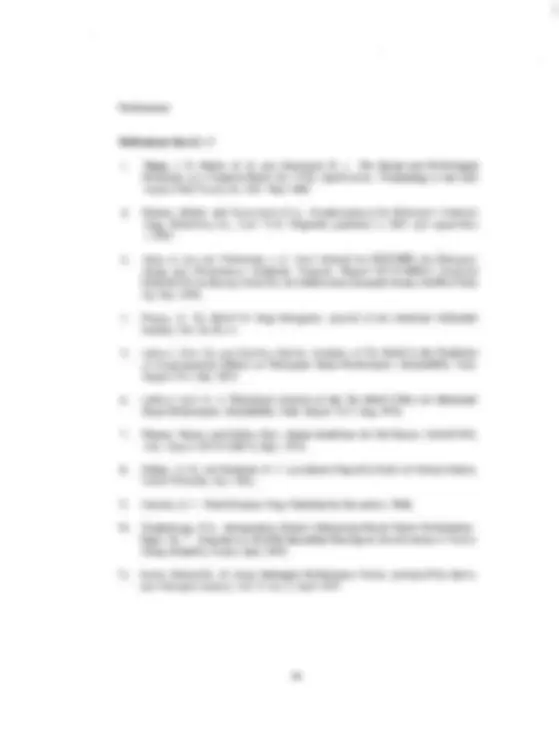
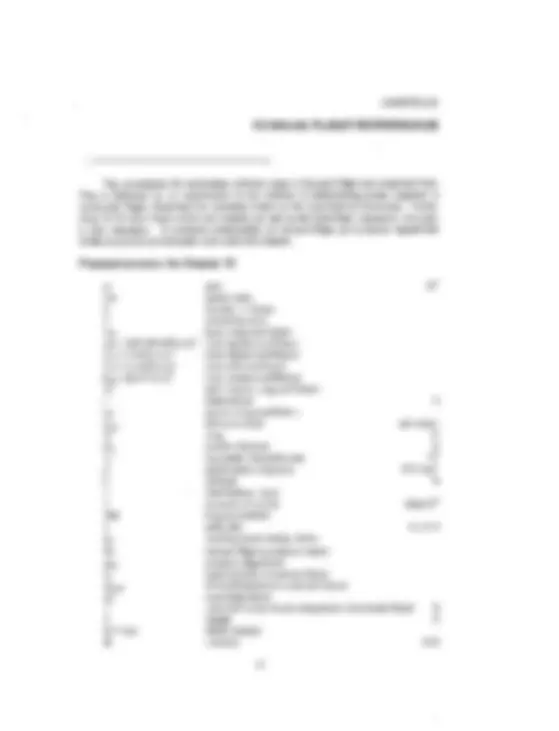
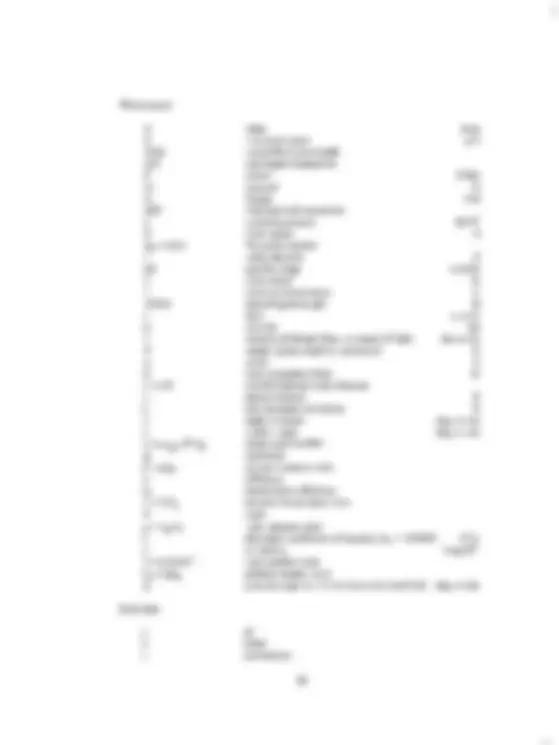
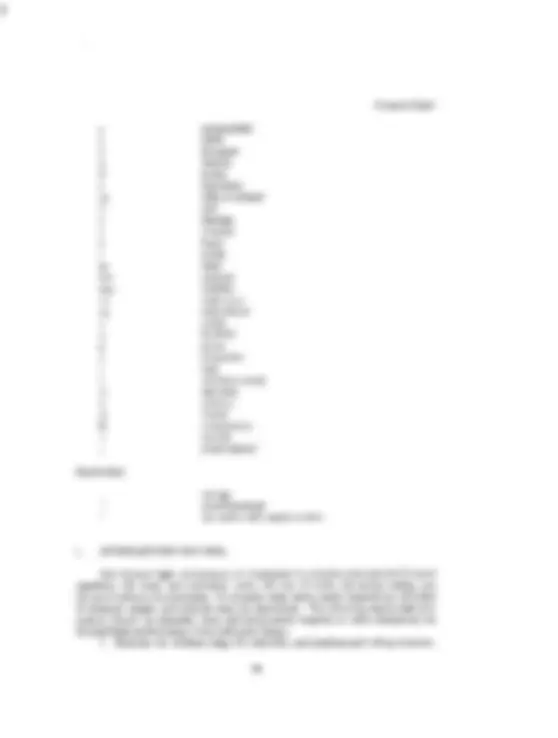
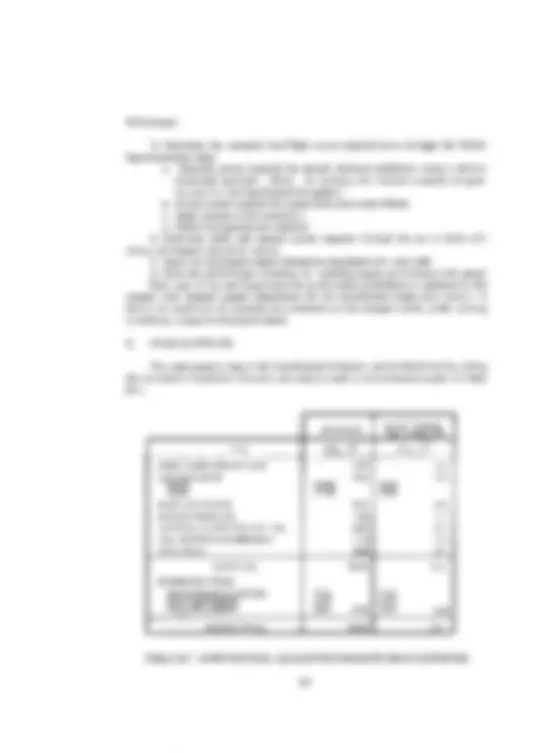
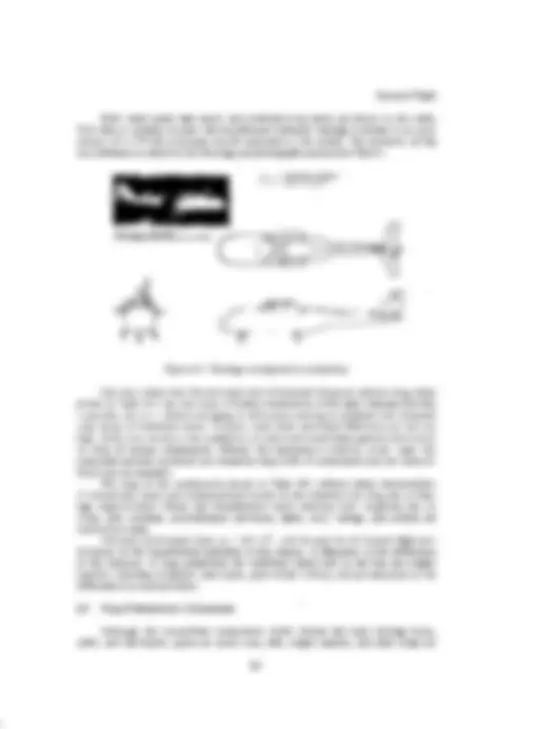
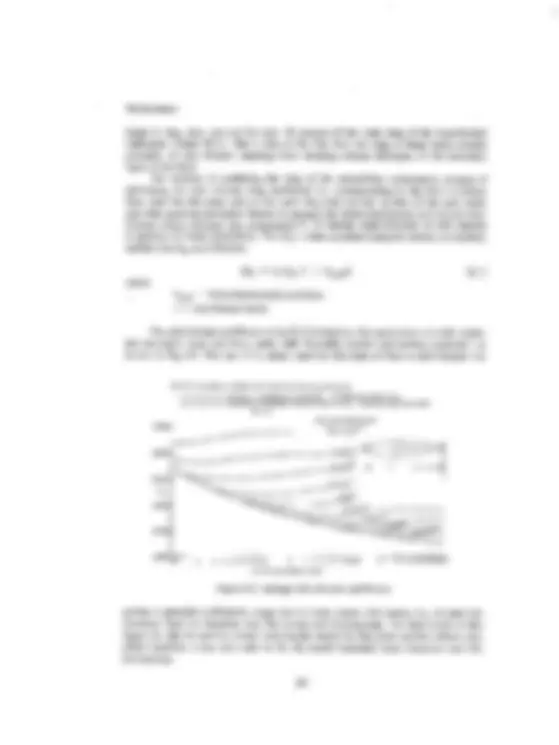
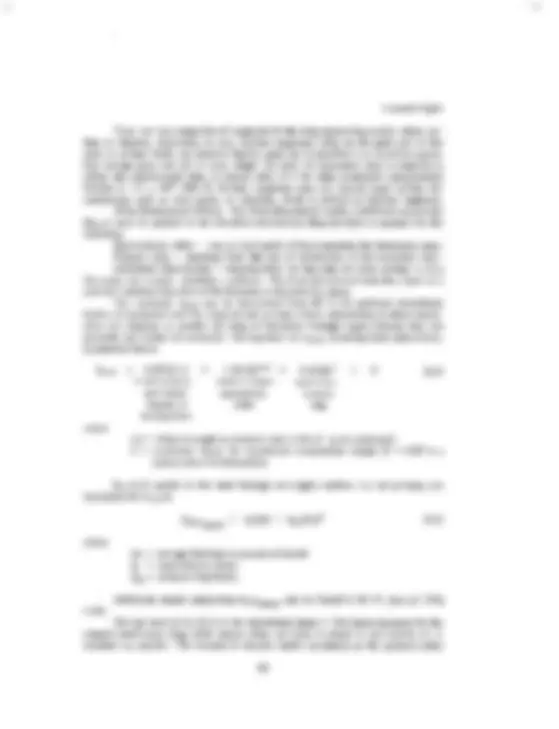
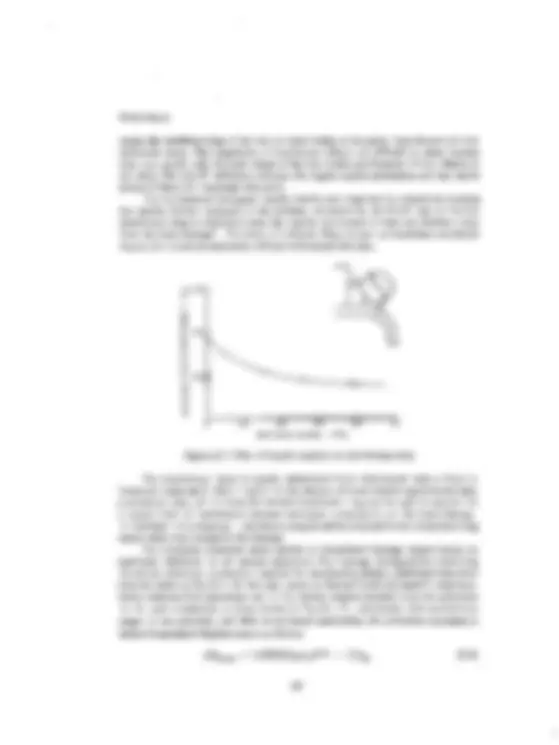
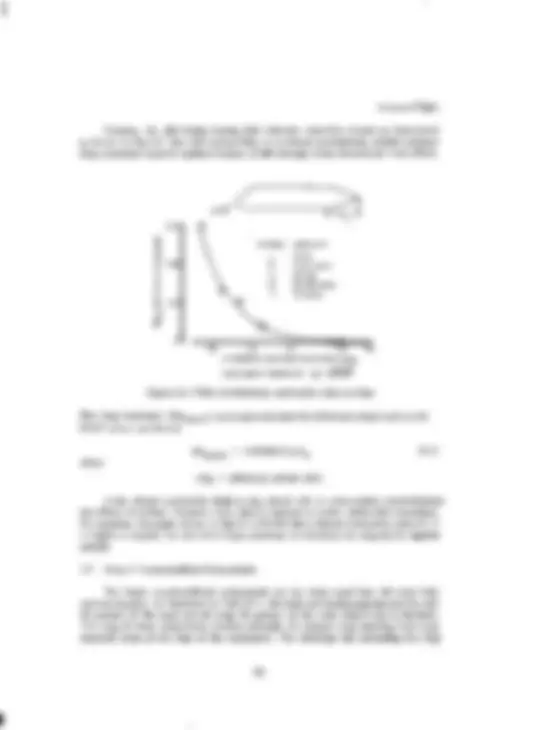
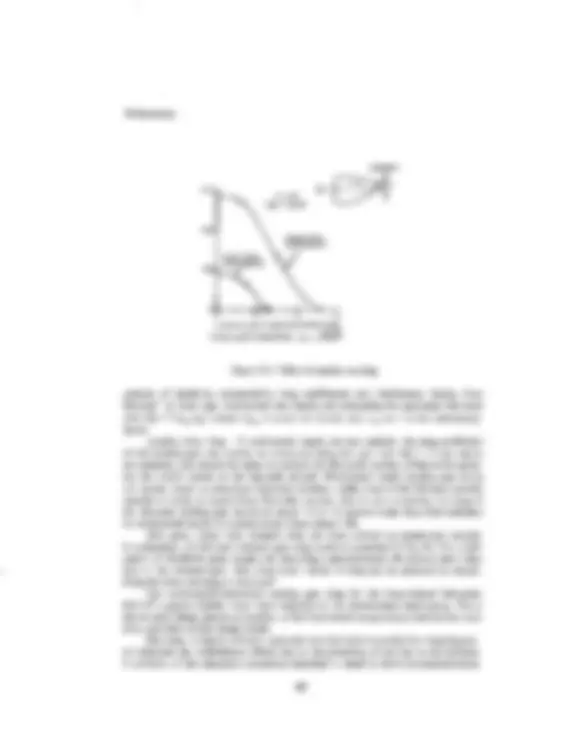
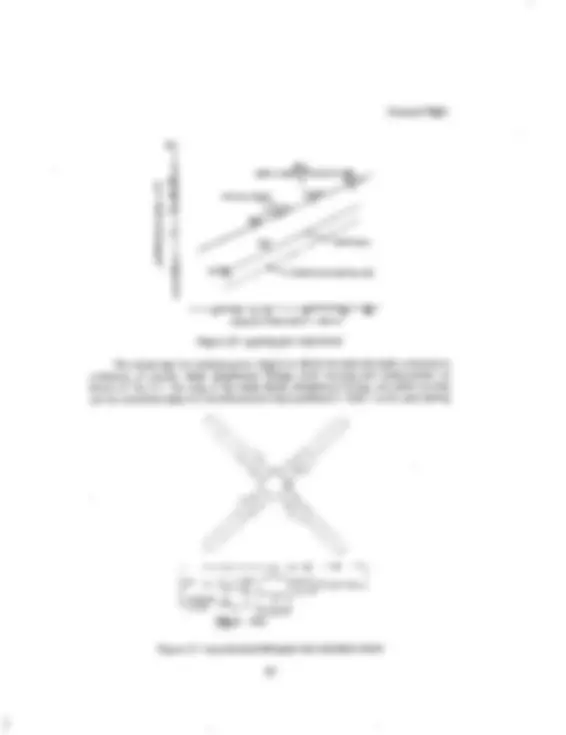
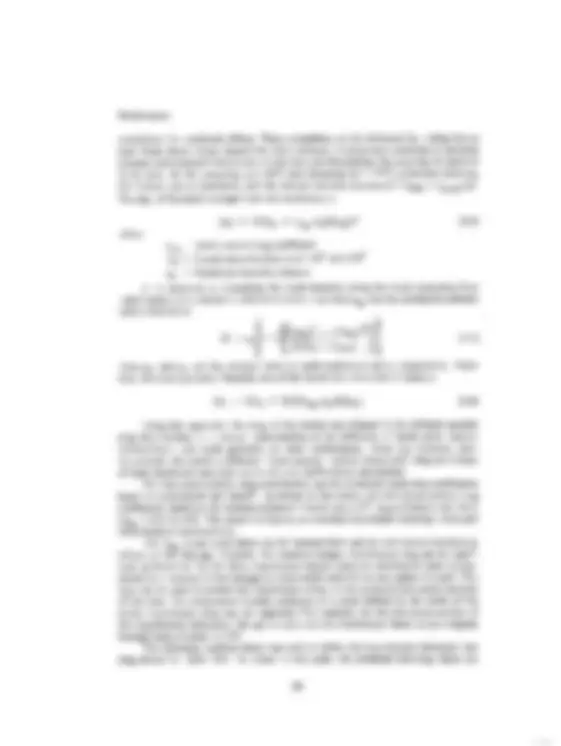
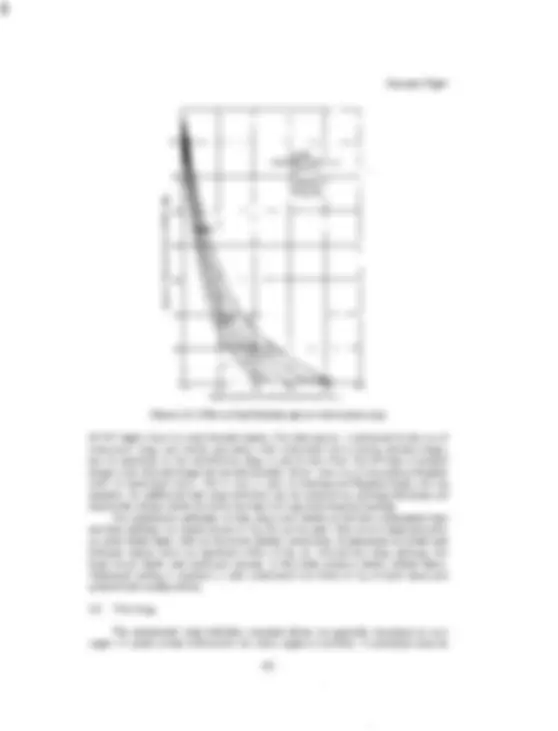
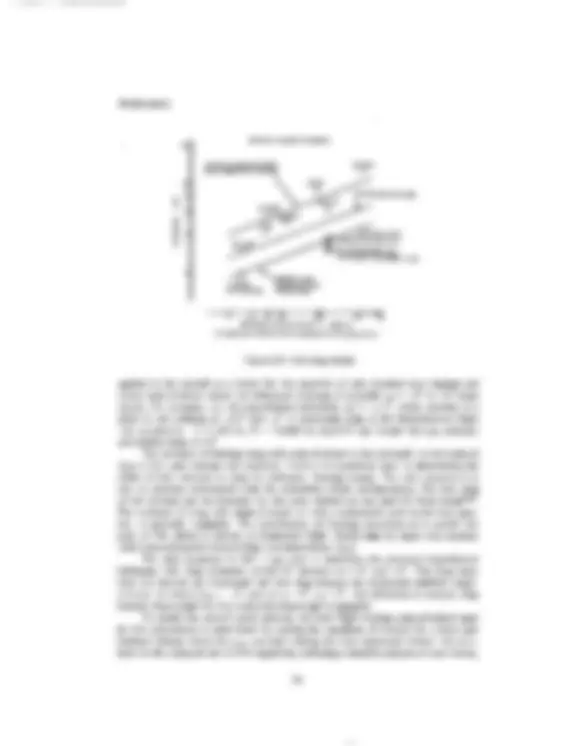
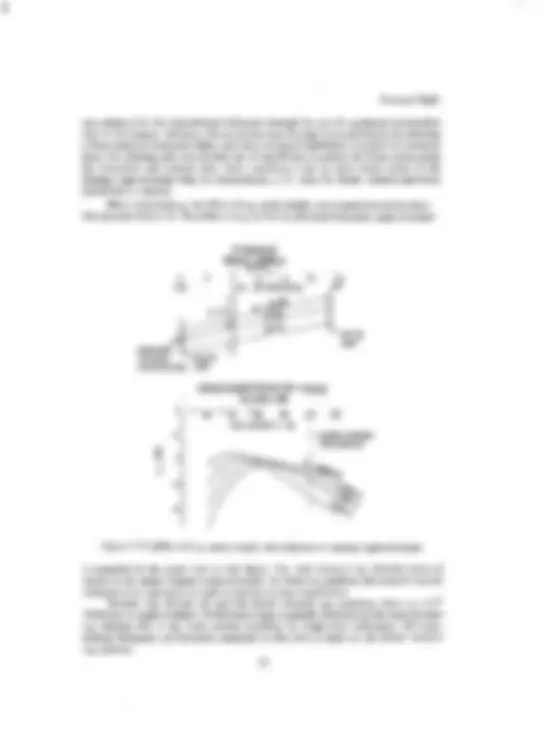
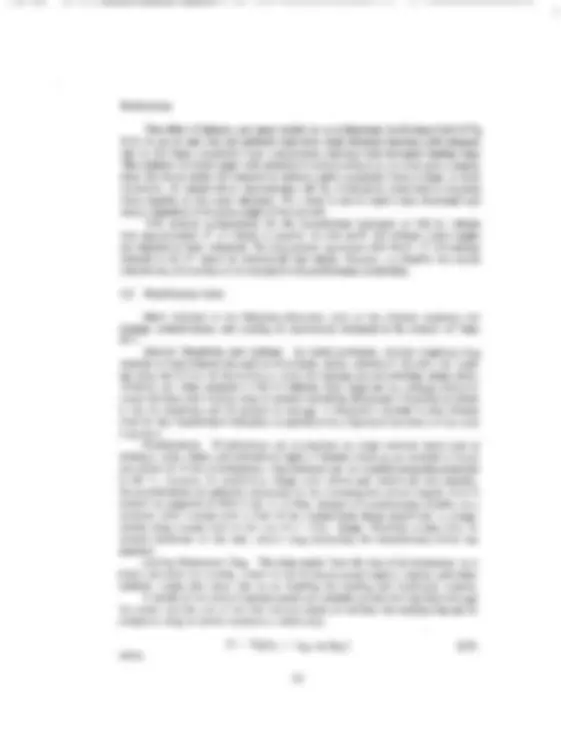
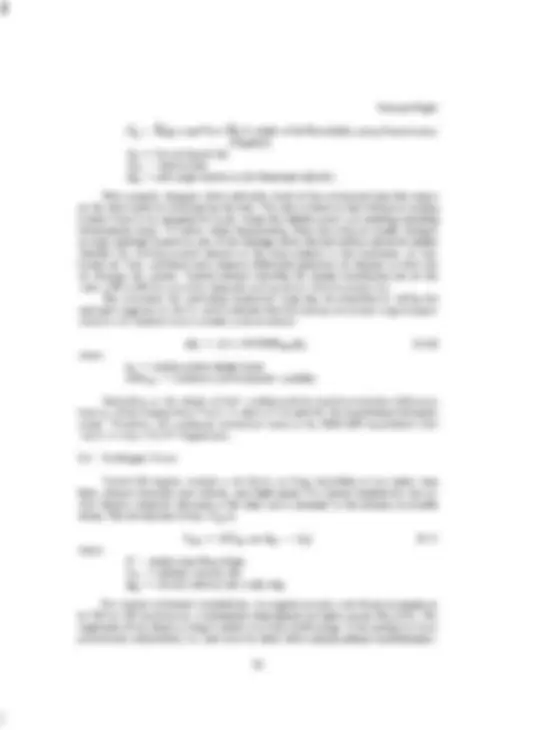
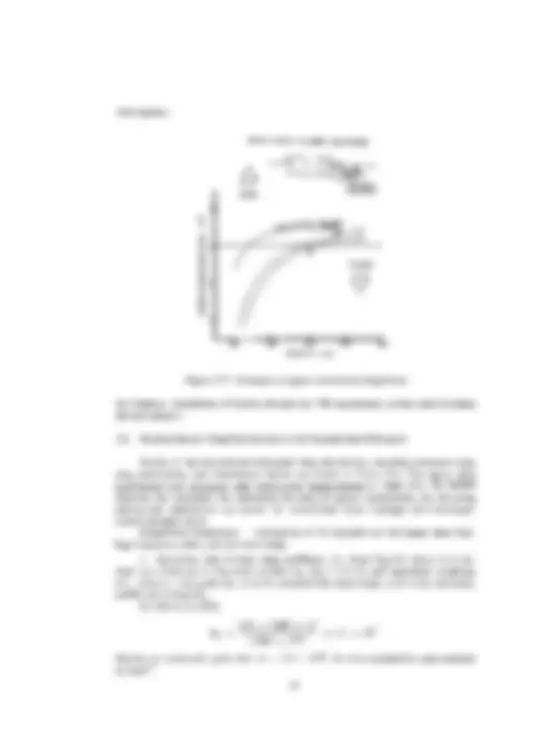
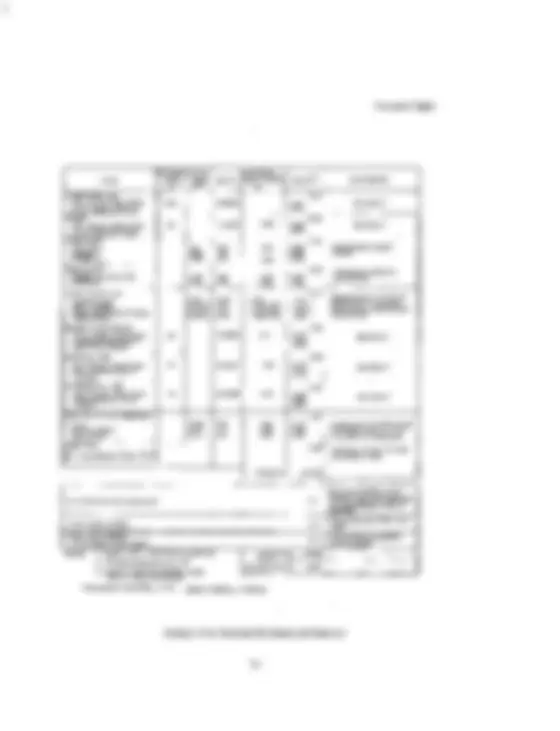
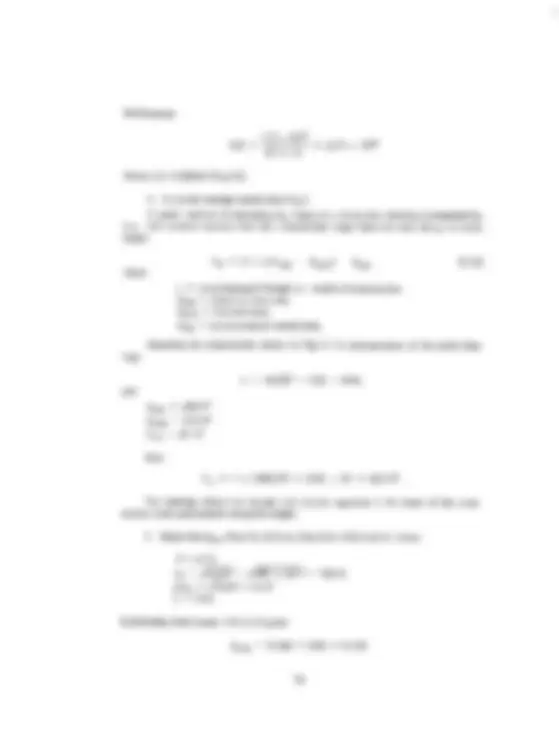
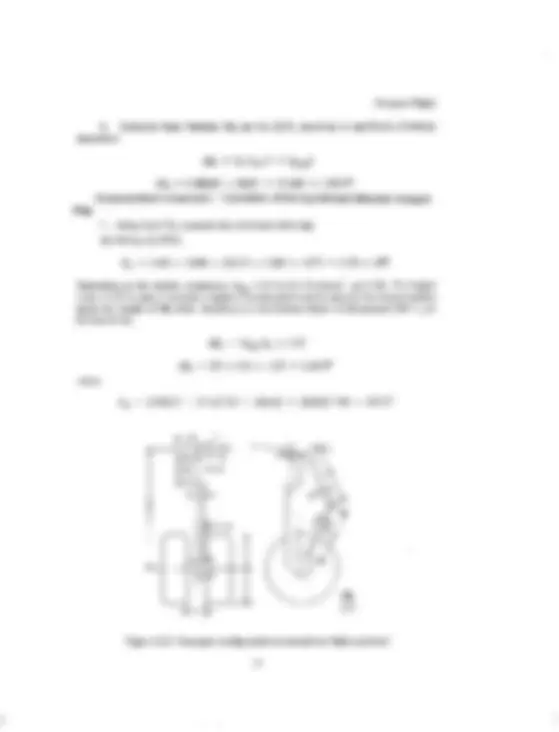
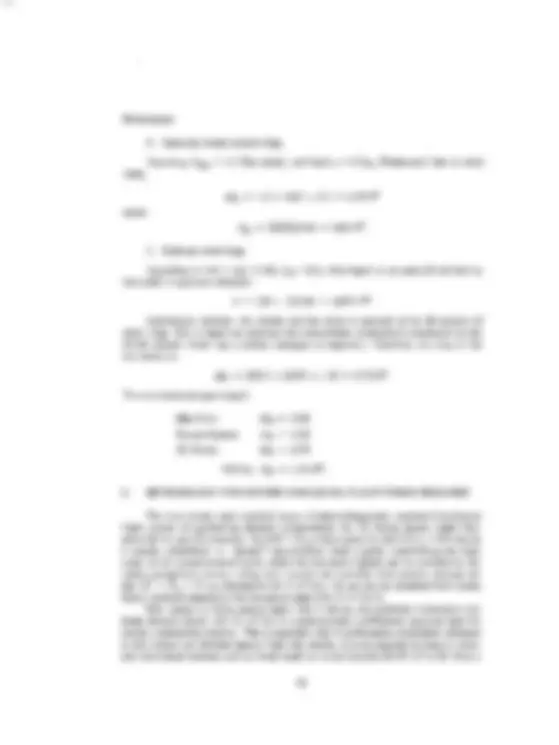
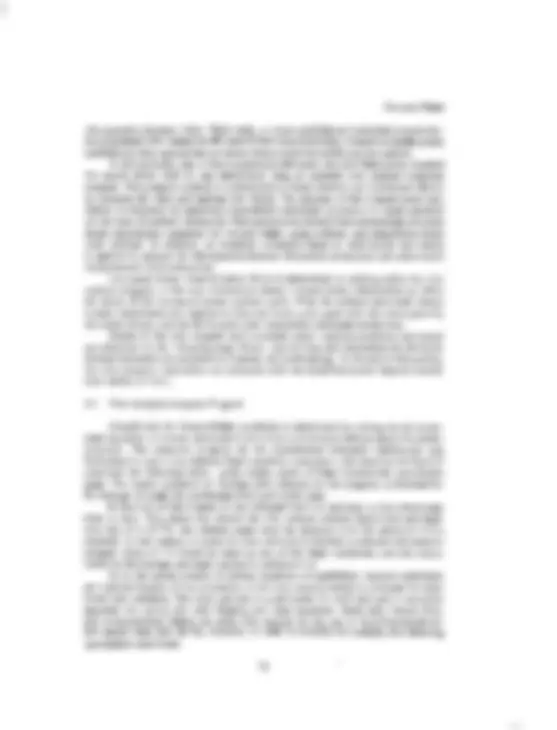
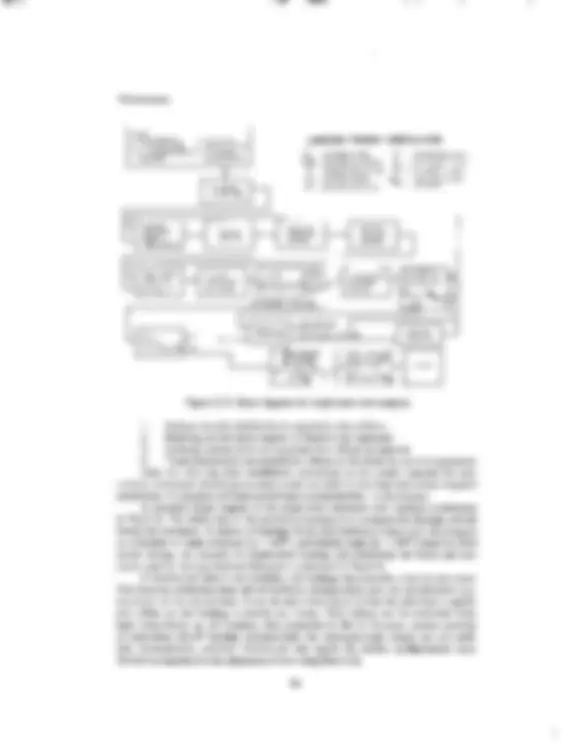
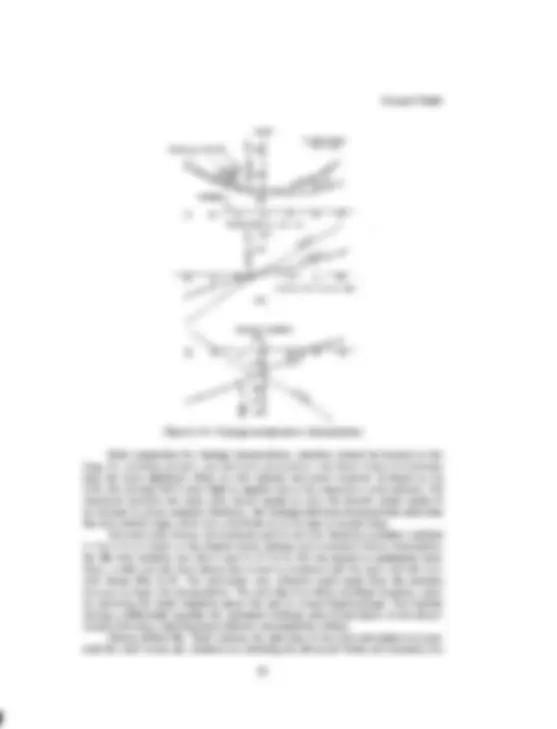
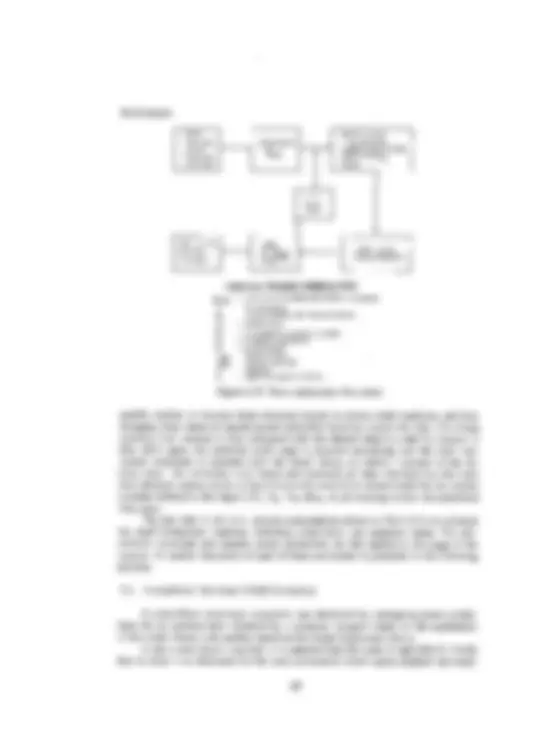
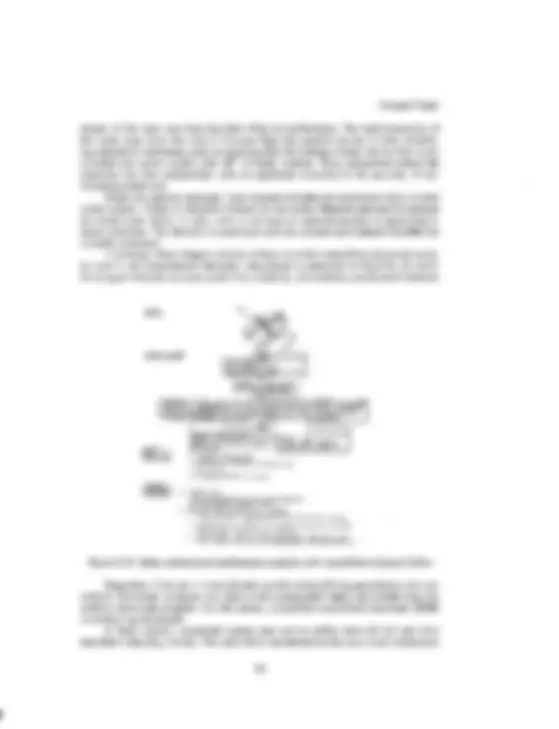
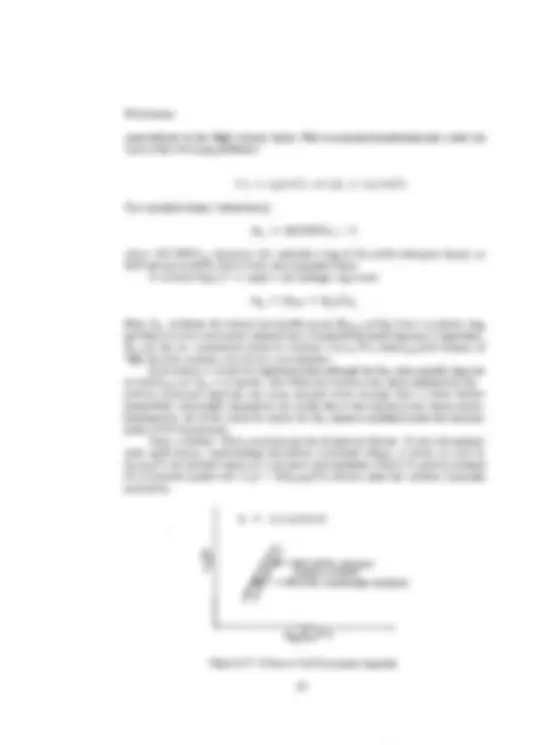
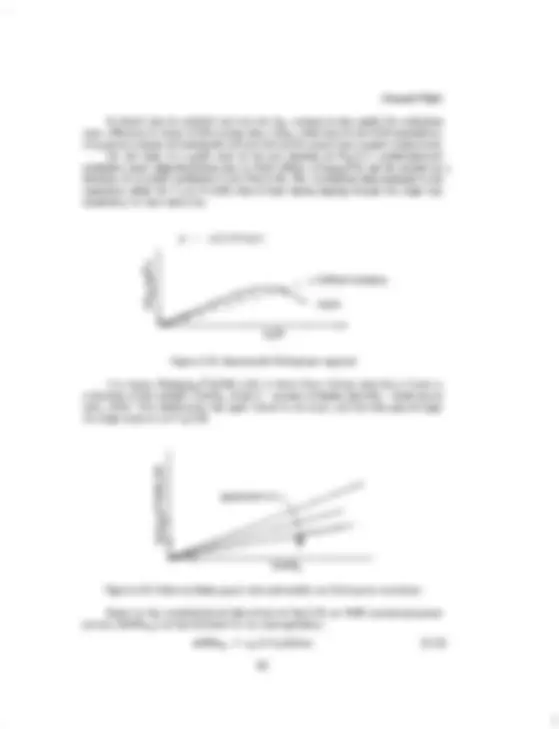
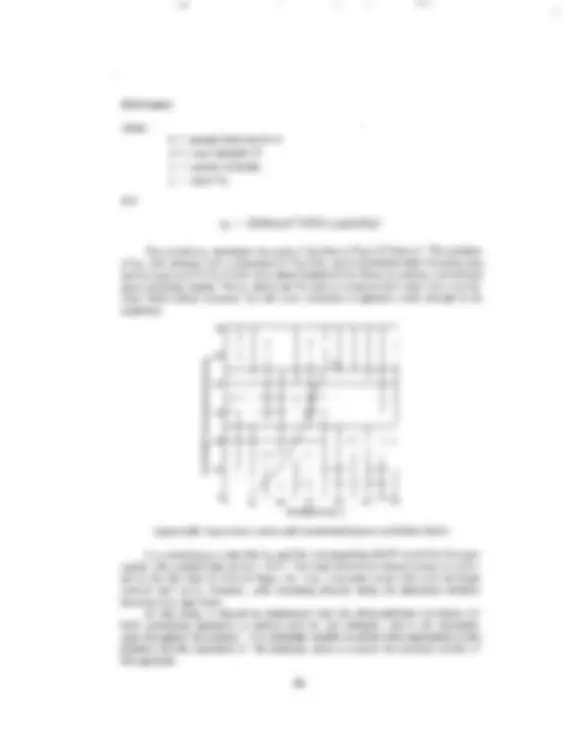
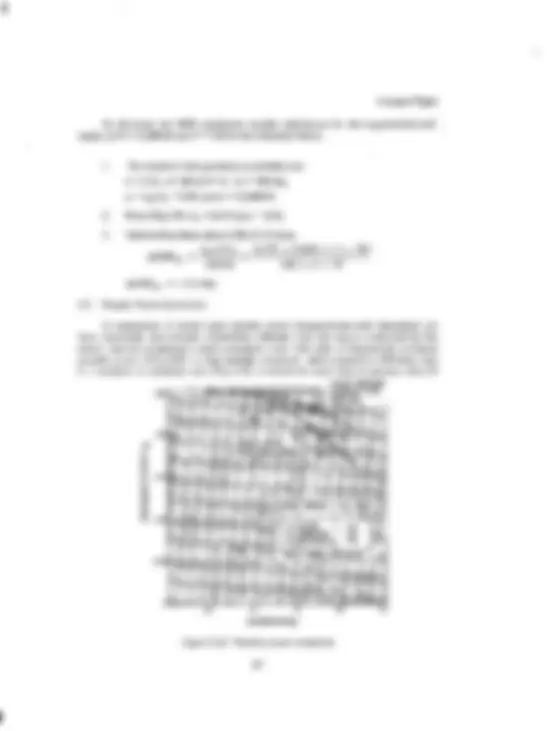
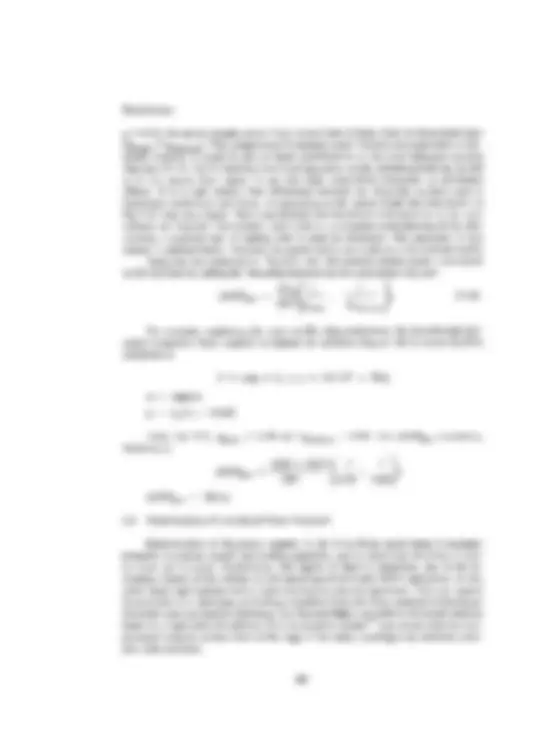
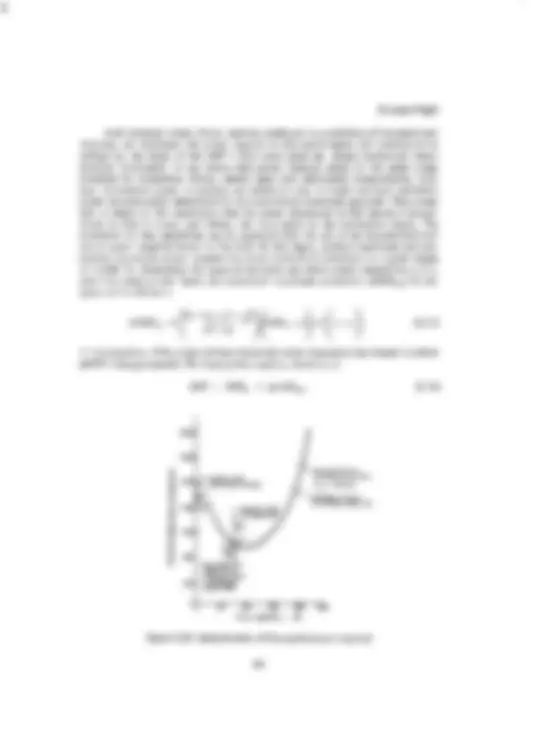
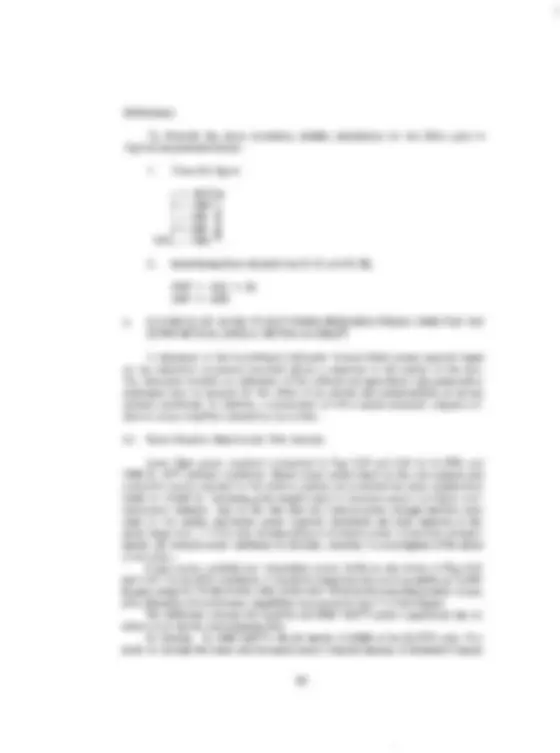
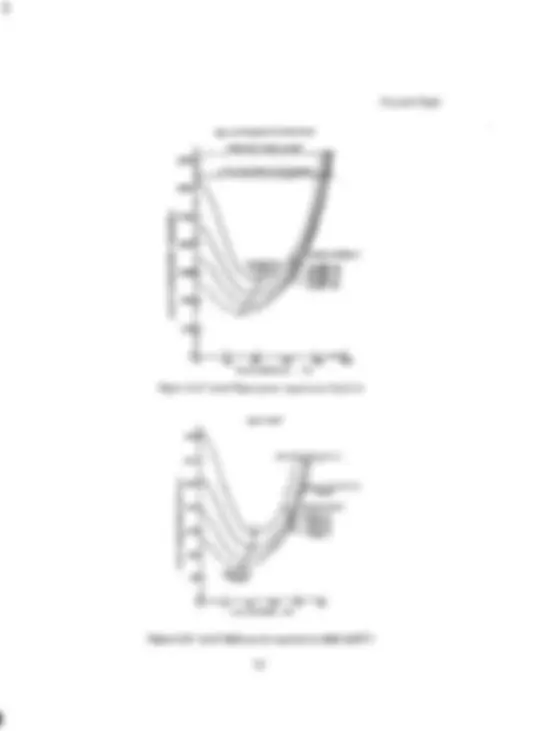


Study with the several resources on Docsity

Earn points by helping other students or get them with a premium plan


Prepare for your exams
Study with the several resources on Docsity

Earn points to download
Earn points by helping other students or get them with a premium plan
Community
Ask the community for help and clear up your study doubts
Discover the best universities in your country according to Docsity users
Free resources
Download our free guides on studying techniques, anxiety management strategies, and thesis advice from Docsity tutors
Ferry-Range Capability: . ... Published by Dover, 1959 Edition. ... from the vortex theory program are compared to the ideal induced power and simplified.
Typology: Study notes
1 / 243

This page cannot be seen from the preview
Don't miss anything!





























































































Rotary- Wing Aerodynamics
CONTRACT NAS2- JANUARY 1979
,(-‘.- ,,^ - .-.-^ .-- ./-
’ ;--. ,.,. ./ ‘. :’ ,’ ,,,’ \
. _“‘, .:\
TECH LIBRARY KAFB, NM
Rotary- Wing Aerodynamics
National Aeronautics and Space Administration
Scientific and Technical Information Office
1979
It is’generally recognized that the educational value of a textbook is enhanced when numerical examples are included in the text. The readers and students not only become acquainted with computationa! procedures, but they also acquire an awareness iegarding the magnitude of various values encountered in practice. This need for illustrating theories by showing their practical application ttirough numerical examples and special problems can be .satisfied through two approaches. (1) The classrbom approtich, used in many technical- textbooks, ‘is based on the incorporation of mutually unrelated, or-only loosely related, short problems-quite often with answers-usually presented at the end of chapters or even shorter sections. This philosophy may be especially appealing to professors and instructors as being better suited for purely academic applications. (2) The total project approach represents another way of providing the necessary illustrative material. Here, the submitted example is patterned on the actual industrial practice of dealing with a complete task which, in this case, is the prediction of helicopter performance. Various phases of performance calculations are related to suitable theo- retical counterparts, thus providing examples for their reduction to practice. In addition to the purely illustrative aspect, a unified picture of the application of aerodynamic theory to performance predictions along with the computational methods used in in- dustry can be presented. Since the completed text is destined not only for classroom use, but *also is in- tended to be of some help to the practicing engineer, the second approach was selected. Consequently, this volume was written to complement the rotary-wing aerodynamic theories discussed in Volume I, and contains complete and detailed performance cai- culations for conventional single-rotor, winged, and tandem-rotor helicopters. Volume II is divided into five chapters and two appendices. Chapters I, II, and III describe detailed performance techniques for a single-rotor helicopter in hover, vertical ascent, and forward flight. Winged and tandem-rotor helicopter performance calcula- tions are presented in Chapters IV and V as extensions and modifications of single-rotor methodology. The Appendices deal with the following special problems: (a) determina- tion of guaranteed performance values based on both theory and test data , and (b) techniques of “growing” an aircraft to offset unprojected increases in weight empty. Many of the sample calculations presented in Volume II employ computers to in- tegrate the blade element expressions derived in Volume I. Computer data based on the vortex theory is compared with the approximate results obtained from the simplified momentum theory and blade element solution. In many cases correction factors or adjustments to the expressions are determined from these comparisons, and are often used to develop practical short-cut, but sufficiently accurate, prediction methods. The calculations reflect up-to-date practices used in industry. Although the meth- ods are chiefly based on those used by Boeing Vertol Company, they may be considered typical of the techniques used by a majority of helicopter manufacturers. This premise was borne out factually and enhanced through extensive reviews. The presented text was first critically examined by Mr. A. Morse and Dr. F. H. Schmitz of Ames Directorate of AMRDL. Then, to further assure that the material was in
iii
compliance with generally accepted computational methods, the manuscript was sub- mited to representatives of research institutions, industry, and universities as suggested by Dr. I. Statler of AMRDL. Many valuable technical and editorial inputs resulted from the reviews, and most or them were incorporated by the editors into a revised version. The editors regret that manuscript deadlines prevented conversion of this volume to the SI (International Metric System) units; however, all formulae presented in Volume I are given in both SI and English units. The author and editors wish to express their sincere appreciation to all those who devoted their time and effort in reviewing the text, and especially to Dr. I. Statler, Mr. A. Morse, and Dr. F. H. Schmitz of AMRDL; Dr. Andrew Z. Lemnios and staff of Kaman Aerospace Corporation; Professor Barnes W. McCormick, Dept. of Aerospace Engineering, The Pennsylvania State University; and personnel of Langley Directorate, AMRDL; Bell Helicopter Textron; Hughes Helicopters; and Sikorsky Aircraft.
W. Z. Stepniewski
iv
- 1. Description of the Hypothetical Helicopter Configuration. CHAPTER I Introductory Considerations .l - 1.1 Weights ... - 1.2 Main Rotor and Tail Rotor Geometry. - 1.3 Transmission Limits.. - 1.4 Airframe Configuration. - 2. Performance Summary. - 3. Engine Performance. - 3.1 General Characteristics of Shaft Turbines.. - Characteristics ; .I 3.2 Power Ratings & Effects of Ambient Conditions on Engine - 3.3 Powerplant for Hypothetical Helicopter. - 3.5 Engine Installation Losses.. 3.4 Engine Power Constraints .ll - 4. Standard Day Atmosphere I - Hover Out-of-Ground-Effect Performance. - General Procedure.. - Power vs Thrust Calculations.. - Example of the Main Rotor Power Required.. - Tail-Rotor Power Required.. - Fuselage Download. - Transmission and Accessory Losses. - Hover In-Ground-Effect (IGE) Performance. - Rotor Thrust Variation, IGE. - Hover Ceiling OGE and IGE. IGE Download .44’ - Vertical-Climb Capability. - Detailed Analysis.. - Simplified Vertical Climb Predictions. - Drag Estimates. - Drag of Streamlined Components. ;. - Drag of Nonstreamlined Components. - Trim Drag. - Miscellaneous Items.. - Net Engine Thrust.. - Detailed Sample Drag Calculations for the Hypothetical Helicopter.. - Methodology for Determining Level-Flight Power Required.. - Trim Analysis Computer Program.. - Nonuniform Downwash (NUD) Correction.. - Parasite Power Correction.. - Determination of Low-Speed Power Required.. - Hypothetical Single-Rotor Aircraft. Examples of Level-Flight Power Required Predictions for the - Power Required Based on the Trim Analysis.. - Simplified SHPreq Estimates vs Trim Analysis Program.. - Power Required in Climb and Descent. - Climb Power Required. - Descent Power Required. - Level Flight and Maneuver Airspeed Envelope - Rotor Stal I Limits Methodology. - Level-Flight Airspeed/Altitude Structural Envelope .-. - Maneuver Capability - Calculation of Forward-Flight Performance Capability - Mission Performance - Payload/Range Capability. - Payload/Endurance Capability. - Ferry-Range Capability: , - Speed Capability.. - Forward-Flight Climb Capability - Service Ceiling .I - Planform Area/Flap Geometry. - Introductory Remarks .I - Description of the Tandem-Rotor Helicopter CHAPTER 1
This chapter contains a description of the hypothetical single-rotor helicopter con- figuration, performance summary, engine performance characteristics, and the standard- day atmosphere relationships used to define ambient pressure, temperature, and density ratio.
C ‘d 9 cm DW h FUL fe INT M N P R R 4?
iL STD sfc V W WE T=273.2 + t”C t X Y 6 = P/P, 8 = T/288. P up = PIP,
chord airfoil section drag coefficient airfoil section lift coefficient airfoil section moment coefficient design gross weight altitude fixed useful load equivalent drag flate plate area intermediate Mach number rotational speed pressure gas constant rotor radius Reynolds number radial distance from rotor axis sea level standard specific fuel ‘consumption velocity weight, or gross weight weight empty absolute temperature temperature abscissa ordinate pressure ratio temperature ratio air density density ratio
ft
lb ft lb ft
rpm, or rps Ib/ft2, or in. of Hg ft/“c ft
Ib/hp;hr fps or kn lb lb K ‘C, or OF in, or ft in, or ft
slugslft
Performance
Subscripts
F 0 P t tr P
fuel initial, or SL/STD pressure tip tail rotor density
Superscripts
derivative with respect to time -per s, or hr
A typical 15,000~lb gross weight aircraft with a SO-ft diameter main rotor was chosen to illustrate the techniques used to predict single-rotor helicopter performance. To make the aircraft as realistic as possible, the configuration design is similar to one of the studies of the Utility Tactical Transport Aircraft System (UlTAS) helicopters. A detailed de- scription of this configuration is given in Table l-l, and a 3-view drawing of the aircraft is shown in Fig 1.1. A brief discussion of the most important features of this design is presented below.
/
HORIZONTAL TAII I 39 FT2 AREA I 0012 AIRFOIL I +ZOINCIOENCE \
MAIN ROTOR DIA. 50 FT VERTICAL^ TAILU
9F
Figure 1.1 Three-view drawing of the hypothetical single-rotor helicopter
Performance
capability of PL = 2,820 lb. This is equivalent to taking off with a full load of fuel and approximately 14 passengers.
1.2 Main Rotor and Tail Rotor Geometry
2-ft chord. The dimensions of the main rotor are close to figures obtained during an optimization process aimed at a minimization of weight and costs (see Ch X of Vol I) which was performed during preliminary design studies of an actual UTTAS-type heli- copter. The selection of the hingeless configuration was also the result of comparative design studies of various rotor types-chiefly articulated and hingeless. In this process, advantages and disadvantages were weighed, and both concepts were evaluated taking into account such criteria as performance (parasite drag), controllability, permissible limits for c.g. travel, vibration, maintenance time, and dimensions affecting air transportability. However, in this text dealing with performance, the lower drag of the hingeless configura- tion, at least in principle, served as sufficient justification for preferring it over the completely articulated one. The hingeless feature of this rotor means that there are no lead-lag or flapping hinges; however, flapping and lead-lag motions still occur through bending of the entire blade. The resulting blade motion is similar to the flapping characteristics of an articu- lated rotor with a relatively large hinge offset ‘.^ For^ this^ reason,^ rotor^ performance^ and stability evaluations are often conducted using an articu!ated rotor analysis while assum- ing a virtual or equivalent hinge offset as shown in Fig 1.2. A more detailed discussion is contained in Sect 4.3, Ch I, Vol I. This simulation gives the correct trim attitude for fuselage drag and download calculations.
REAL BLADE FLAP ANGLE
’ I
EQUIVALENT HINGE (^) I- OFFSET
Figure 1.2 Equivalent hinge offset representation of a rigidly-attached blade
By analyzing the forces at the virtual flapping hinge, it can be shown that a hub moment is created when the tip-path plane deviates from the rotor-disc plane. This moment is one advantage of the hingeless rotor because it provides a more rapid response to control movements than fully-articulated rotors having a small (2 to 3 percent) or no
Introductory Considerations
flapping hinge offset which leads to improved maneuverability. In actual design practice, however, this and other previously mentioned advantages of the hingeless configuration must be weighed against dynamic couplings which are usually more complicated, resulting in vibratory problems more difficult to solve than those encountered in the low-offset, articulated rotors. Other characteristics of the hypothetical helicopter main rotor given in Table I- show that the rotor operates at a tip speed of V, = 700 $JS, and has a cambered V23010- 1.58 airfoil section similar to the NACA 23010 series except that the leading-edge radius is increased to 1.58 percent of the chord. The cambered airfoil was selected because of the following advantages over symmetrical sections: (1) higher cA3”/cd values; resulting in an improved figure-of-merit in hover (Sect 9, Ch VI, Vol I); and (2) higher cjmex coefficients, leading to the retreating-blade-stall retardation in forward flight. The coordinates of the V23010-1.58 airfoil are also presented in Table l-2. It should be noted that a trailing edge tab extends over 4 percent of the chord. In order to reduce the pitching moment coefficient resulting from the camber, the tab is deflected up 1.7’ relative to the chordline. The basic characteristics of this airfoil as they appear in the Airfoil DATCOM’ with tab deflected 3’ up are shown in Fig 1.3. Further details of this family of airfoils and methods for interpolation of the data are included in this reference.
0.0 0.0006 -0.0006 0.40 0.0609 -0. 0.01 0.0198 -0.0146 0.46 0.0678 -0. 0.02 0.0276 -0.0170 0.60 0.0640 -0. 0.03 0.0337 -0.0164 0.66 0.0496 -0.03 12 0.05 0.0434 -0.0200 0.60 0.0449 -0. 0.076 0.0 620 -0.0221 0.66 0.0397 -0. 0.10 0.0676 -0.0242 0.70 0.0339 -0. 0.126 0.0698 -0.0263 0.76 0.0283 -0. 0.15 0.0647 -0.0286 0.80 0.0231 -0. 0.20 0.0667 -0.0322 0.86 0.0171 -0. 0.26 0.0664 -0.0349 0.90 0.0116 -0. 0.30 0.0664 -0.0364 0.96 0.0067 -0. 0.36 (^) -_ 0.0634.- -0.0367 1 .oo (^) - 0.00 (^) --- 0. Leacling-edge circle rsdiur = 0.0166~ Center at: x/c = 0. ylc = 0. Trailing-edge tab: from x/c = 0.96 to x/c = 1.
TABLE l-2 COORDINATES OF THE V23070-7.58 AIRFOIL
5
Introductory Considerations
0.0s
0.3c -’ --. 3 -4 ‘N.
0.60 d $ :o.(u 0.60 Ly- 0.70 E
0.86i
i -0. 8 -r
0.81 rz’ -i -0. P 0.90 P; -0. z -0.
-0.
k
\
M 0.81 0.30.
0.60. om 0.740. 0.09 (^) 0.
Figure 7.3~
R. x 104
t
10.011. Il. I
Figure 7.3 Basic aerodynamic characteristics of V23010-7.58 airfoil with T. E. tab de flee ted 3’ up
The tail rotor of the hypothetical aircraft is a 9-ft diameter, four-blade design having a g-in chord and a V23010-1.58 airfoil section. The tail rotor is sized to provide adequate directional control in hover and forward flight and operates at a nominal tip speed of Vrrr = 700 @s.
1.3 Transmission Limits
Helicopter transmissions are primarily limited by. stress considerations corre- sponding to a given torque level. For an aircraft designed to operate at one rotor speed, as assumed for the hypothetical example, the torque limit becomes synonymous with a specific power-available limitation. As indicated in Table I-1, a dual engine transmis- sion limit of 2900 hp was selected, which provides sufficient hover and vertical climb capability at low altitudes and high gross weights corresponding to INT power at SL/82OF. The selectjon of a singleengine ,gearbox rating corresponding to intermediate power at SL/STD atmosphere ,(SHPi, r = 7600) was dictated by the consideration that with one engine out, the other can still be used to its maximum capability without exceeding the gearbox limits.
7
Performance
1.4 Airframe Configuration
The heliocopter fuselage selected for the sample calculations is similar to a version
is the primary reason for using this particular airframe configuration, since it affords an opportunity to verify the accuracy of drag prediction techniques and provides some in- sight into the order-of-magnitude of the drag of various components. Parasite drag esti- mates, which will be discussed in detail later in Sect 3.1, show that the airframe shape is aerodynamically clean, as expressed by the ratio of the gross weight (W) to the equiva- lent flat plate area (fe), when compared with current production helicopters (Fig 1.4).
4 CLEAN DESIGNS
N 2 c AU ,C^ > “‘Z/&LEr- -. CH-47C
UH-K/I OH-58A AB”-‘Y
AA -
ic Htpz
PRODUCTION HELICOPTERS ETTE II 102’
Figure 7.4 Helicopter drag trends
An introductory discussion of a new helicopter design would not be complete without some reference to its performance capability. Therefore, a summary of the hypo- thetical helicopter performance is presented in Table l-3 for DW = 75,000 lb. The in- formation shown in this table is typical of the type of performance calculations described in the text and includes hover, vertical climb and forward flight data at both standard day and 4000 ft/95’F conditions. The latter represents a primary design condition for new IJ.S. Army helicopters.
8
Performance
where T3 and T4 are absolute temperatures at the burner entrance and gas-generator inlet respectively, while cp is the specific heat at constant pressure. It becomes clear from Eq (1.1) that T4 should be as high as possible in order to maximize the M value. Understandably, however, the T4 is limited by the state of tech- nology as to the ability of turbine blades to withstand high operational temperatures. To assure that T4 does not exceed values endangering the structural integrity of the turbine, the gas temperature must be monitored. Because of the ease of installing thermocouples, this temperature monitoring is usually done at the power turbine inlet, and the per- missible 75 values-instead of the T4 which are obviously higher-are specified in opera- tional manuals. It should be realized from Eq (1.1) that since T4 is limited, and also since T increases with ambient temperature for a given compression ratio, an increase in the ambient temperature would *reduce the amount of energy per pound of ingested air. The rate of air flow (WA) is dependent on both ambient pressure and tempera- ture. The effect of air pressure is straightforward. As the ambient pressure drops, the air density also drops. Consequently,
WA -P,
however, the influence of the ambient temperature is somewhat more complicated. Air density is inversely proportional to the absolute ambient temperature (T); but the speed of molecular.motion is proportional to fi (see Vol I, ChVI). This effect contrib- utes to the increase in the speed of flow through the duct represented by the powerplant as a whole. The combined effect of these two influences is such that the rate of air flow through the engine would vary inversely proportional to a. Now the air flow under a given ambient T and p condition becomes:
introduced each second into the engine cycle is directly related to the ambient tempera- ture and pressure. It may be expected hence, that the shaft power available, which is
From the preceding discussion, in can be seen that power ratings of a turbine-type engine are related to the gas temperature level (as expressed by the 75 values). For in- stance, T5 = 850°C allows the engine to operate for a limited stretch of time of no more than 30 minutes. Consequently, the corresponding intermediate rating (SHPi,t) is used for takeoff, or emergency situations. However, when the gas temperature is sufficiently
IO
Introductory Considerations
lowered (say, T6 =Z 750°C), the engine can be operated for an unlimited time, and the corresponding rating becomes maximum continuous (SHP,.,.). In Armed Forces Specificaticns, the two above-mentioned power settings are also often called military (SHP,,,il) and normal rated (SHP,.,) ratings. It is now clear that turbine engine characteristics are such that the relationship of SHP/6& vs r~/fi essentially results in a single curve. Then, having this curve and T5 for a given power rating, the available power for any ambient condition can be determined. In addition to power, other engine characteristics are also corrected in order to relate them to SL/STD conditions.:
t’oi,er: Fuel FIOH : Air Flow: Gas Generator, or Power Turbine Speed:
SHP, = SHP/G * WFO =^ Ci/F/ WA0 = tip/W No= N/a
(1.3)
3.3 Powerplant for Hypothetical Helicopter
The powerplant used in the sample calculation consists of two hypothetical turbo- shaft engines with the following power ratings at SL/STD: intermediate, SHPint = 7600 hp; and maximum continuous, SHP,.,. = 1300 hp. The variation of power available versus altitude fur standard and 95°F conditions is shown in Fig 1.6. Performance was established using the generalized power available from the engine manufacturer’s data shown in Fig 1.7. Altitude effects are taken into account according to Eq (1.3a).
HYPOTHETICAL POWERPLANT (ONE ENGINE)
DUAL ENGlNS TRANSMISSION LIMIT
-SINGLE ENGlNE TRANSMISSION L,M,T
UNINSTALLED ENGINE POWER - 100 SHP
Figure 7.6 Uninstalled power available
11